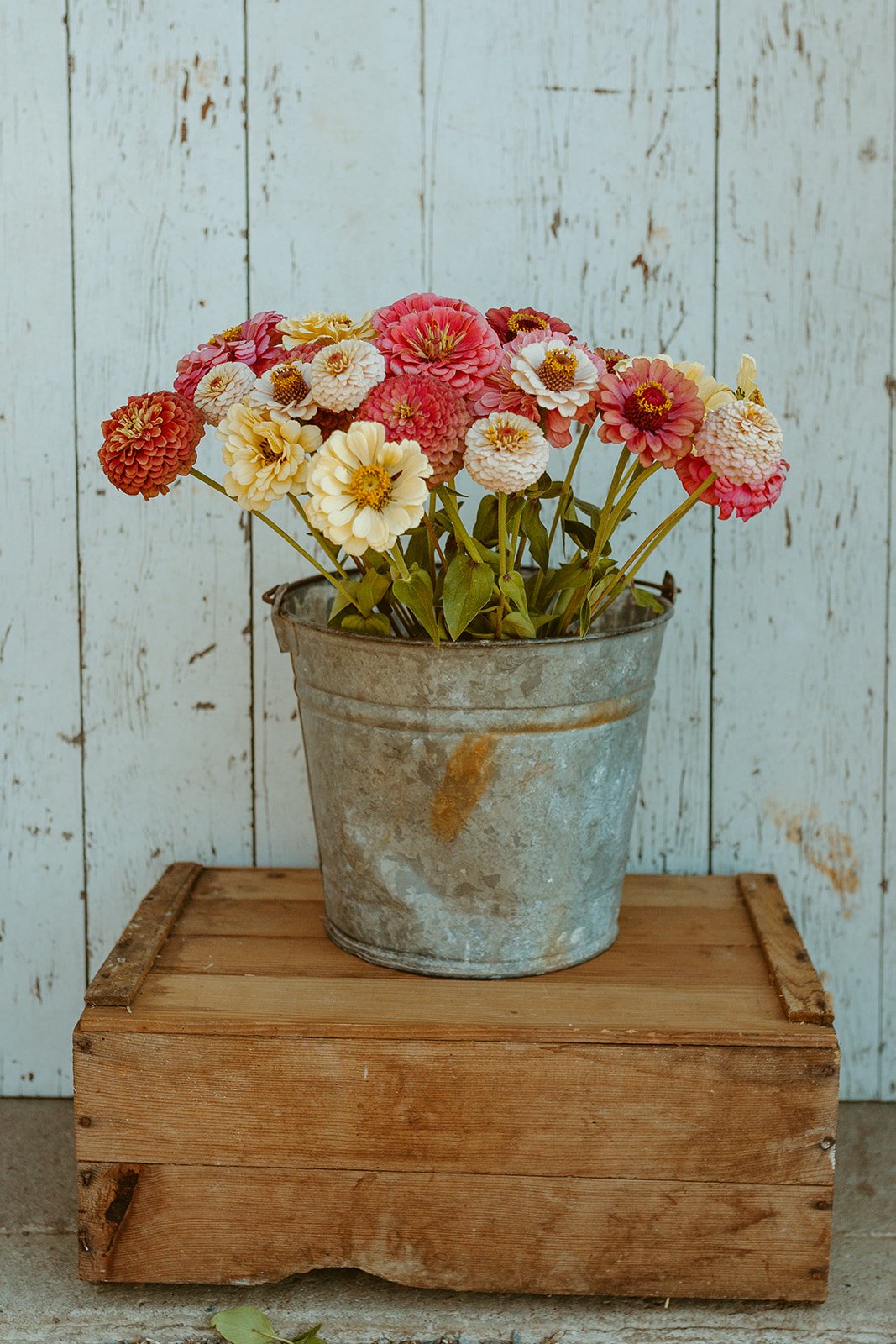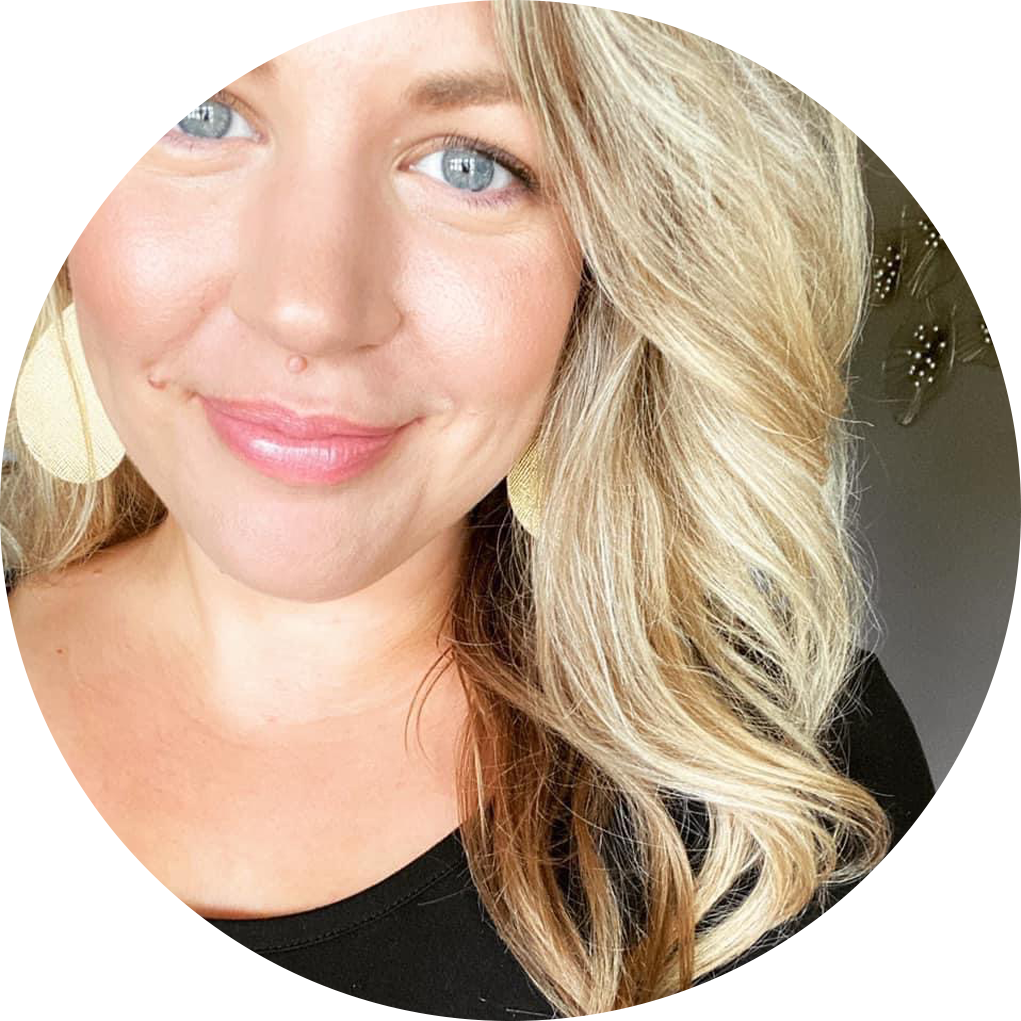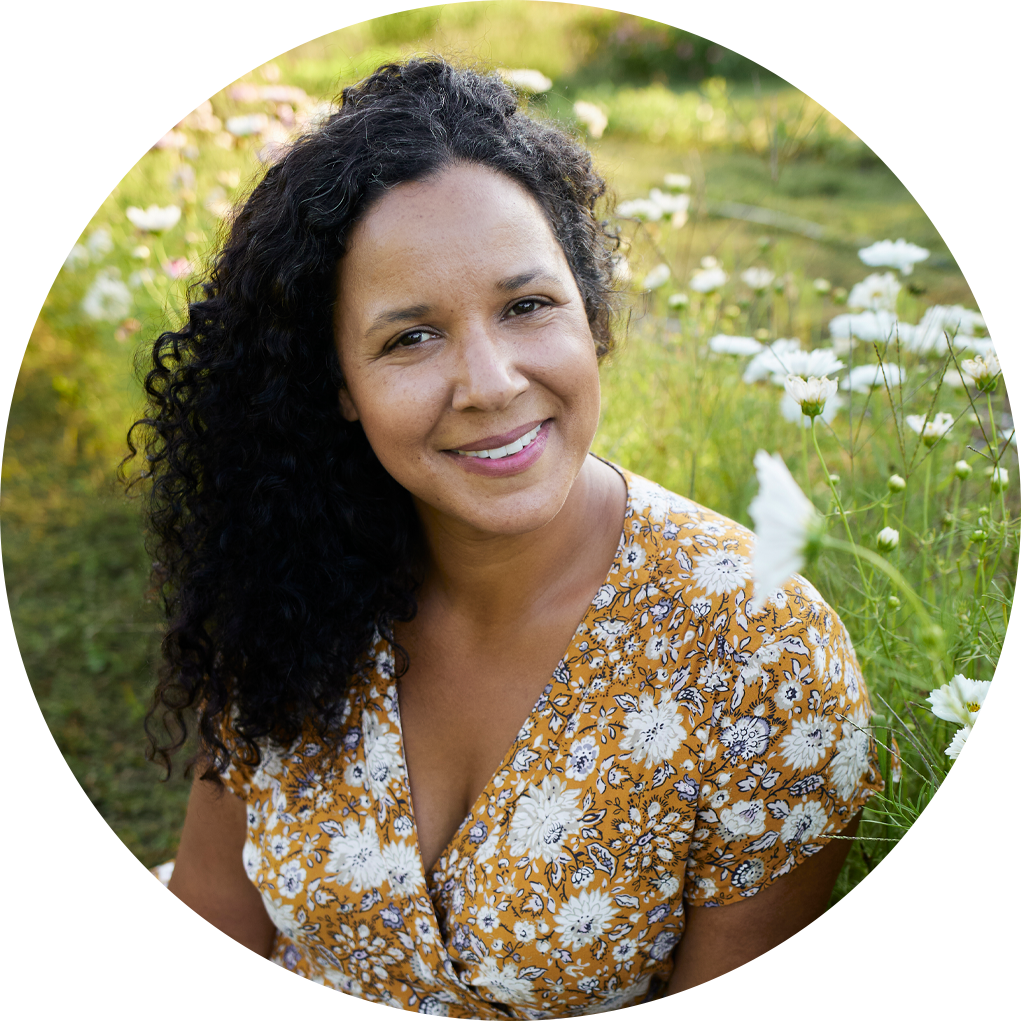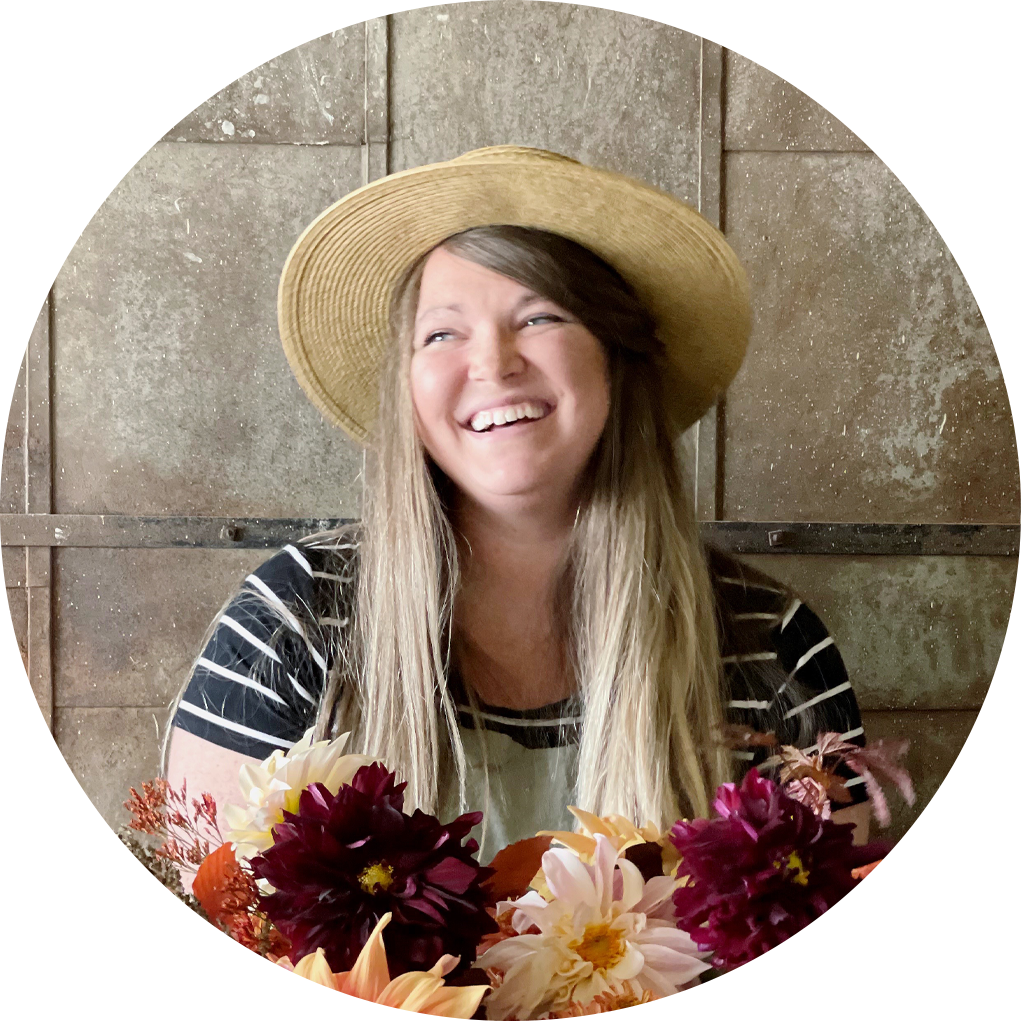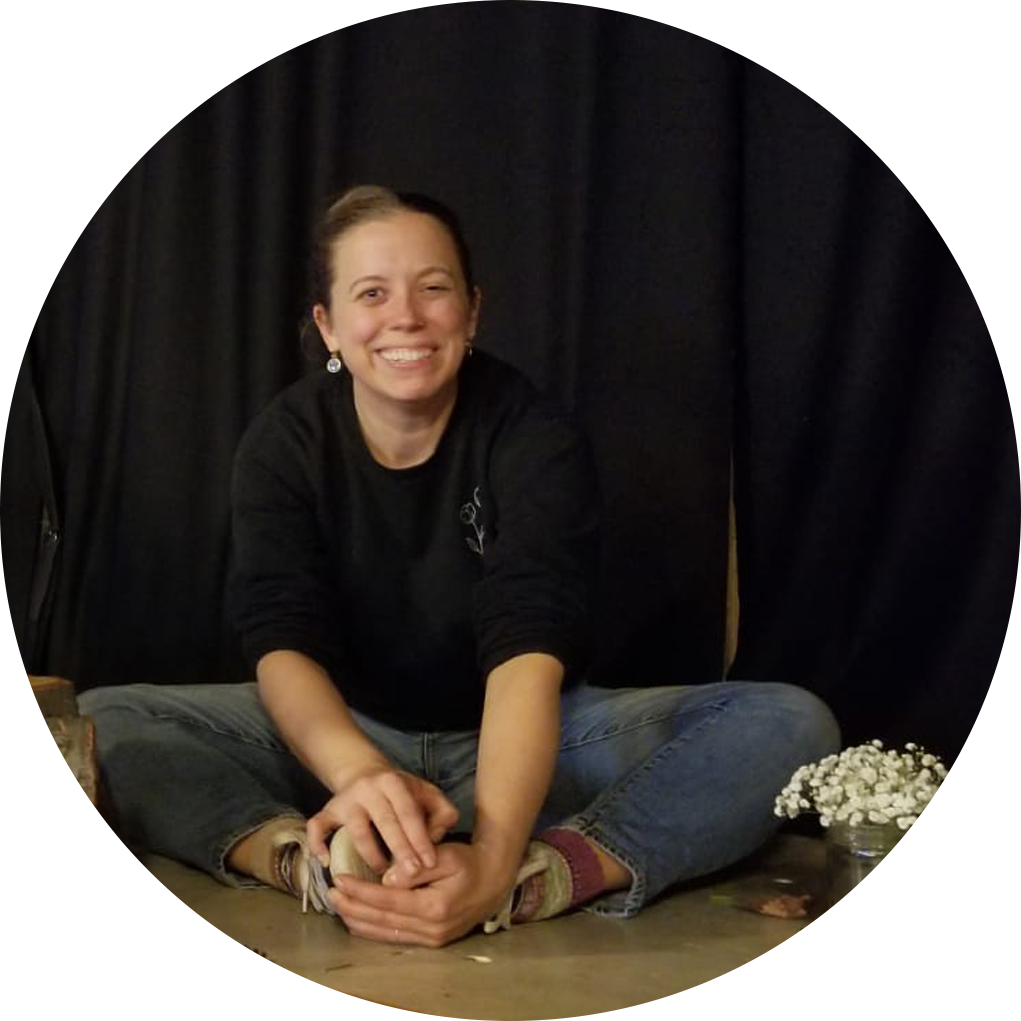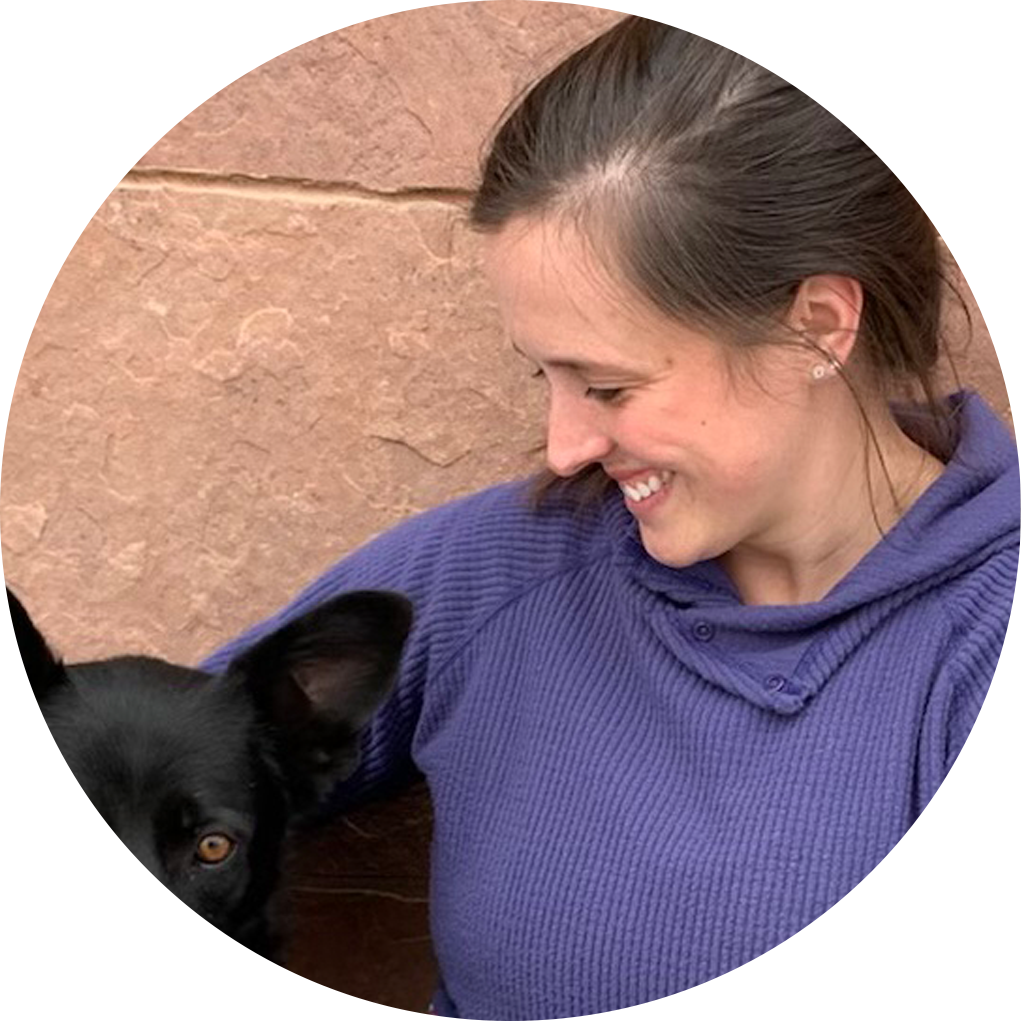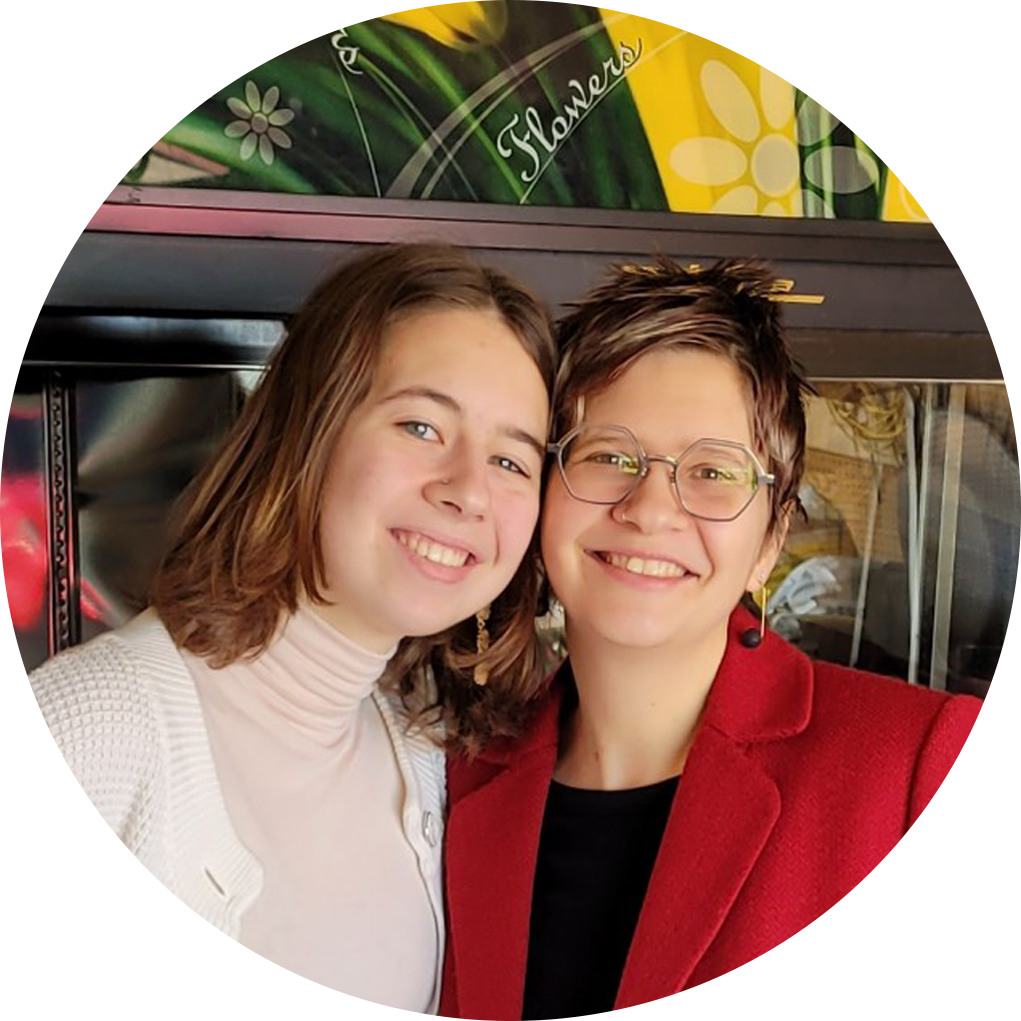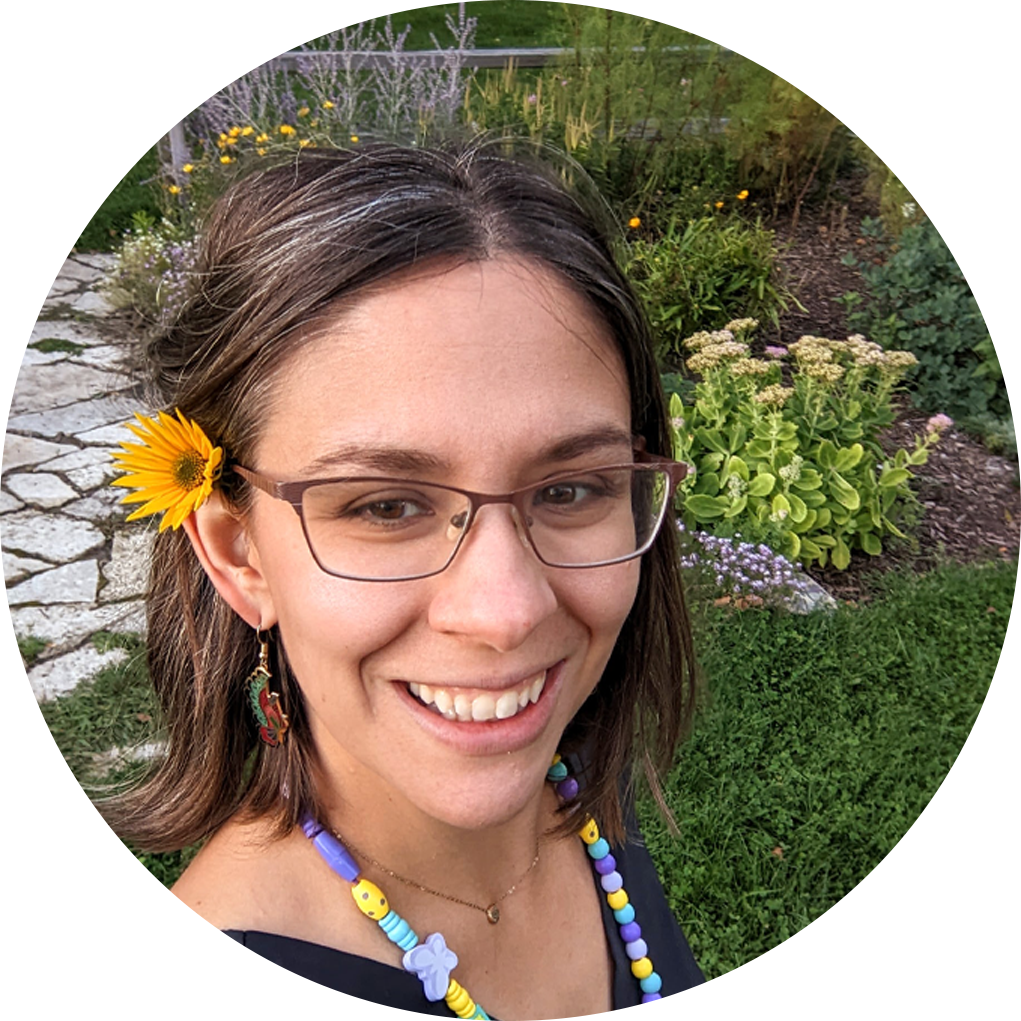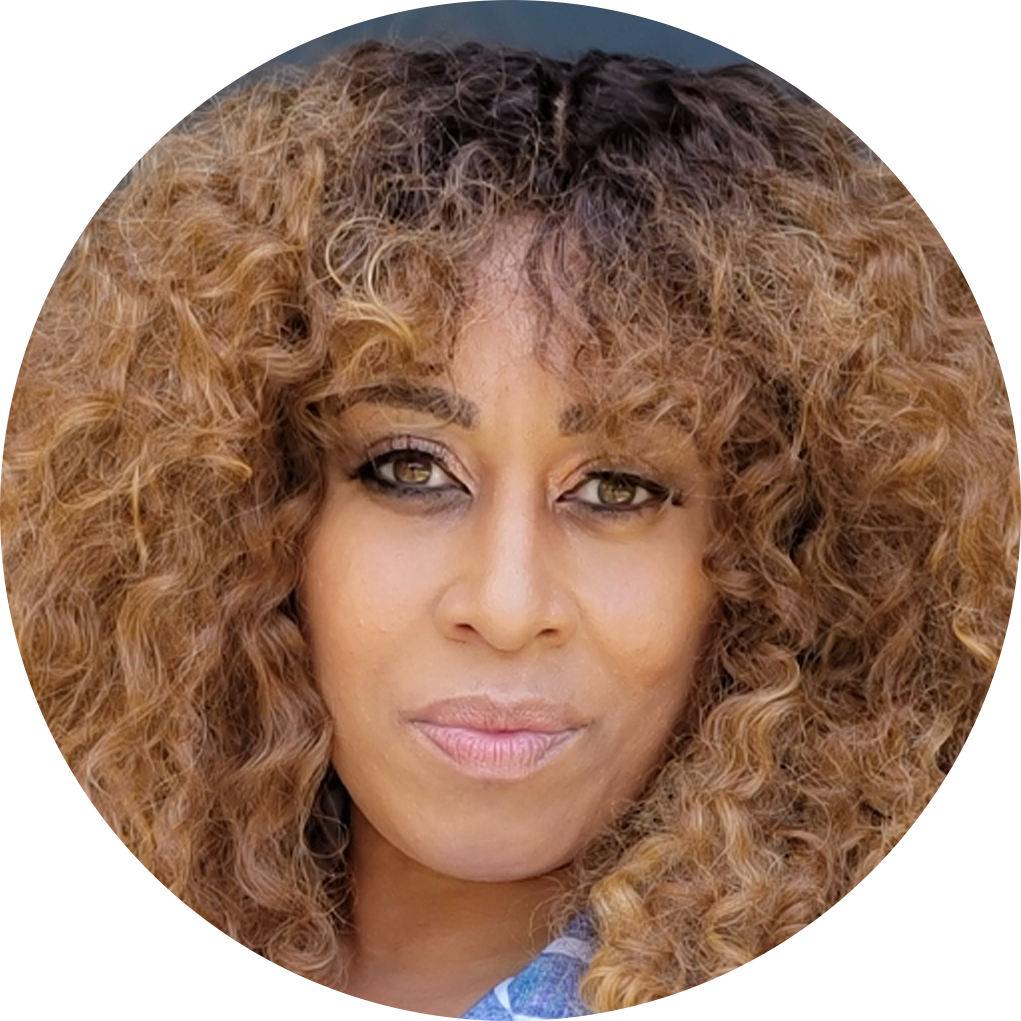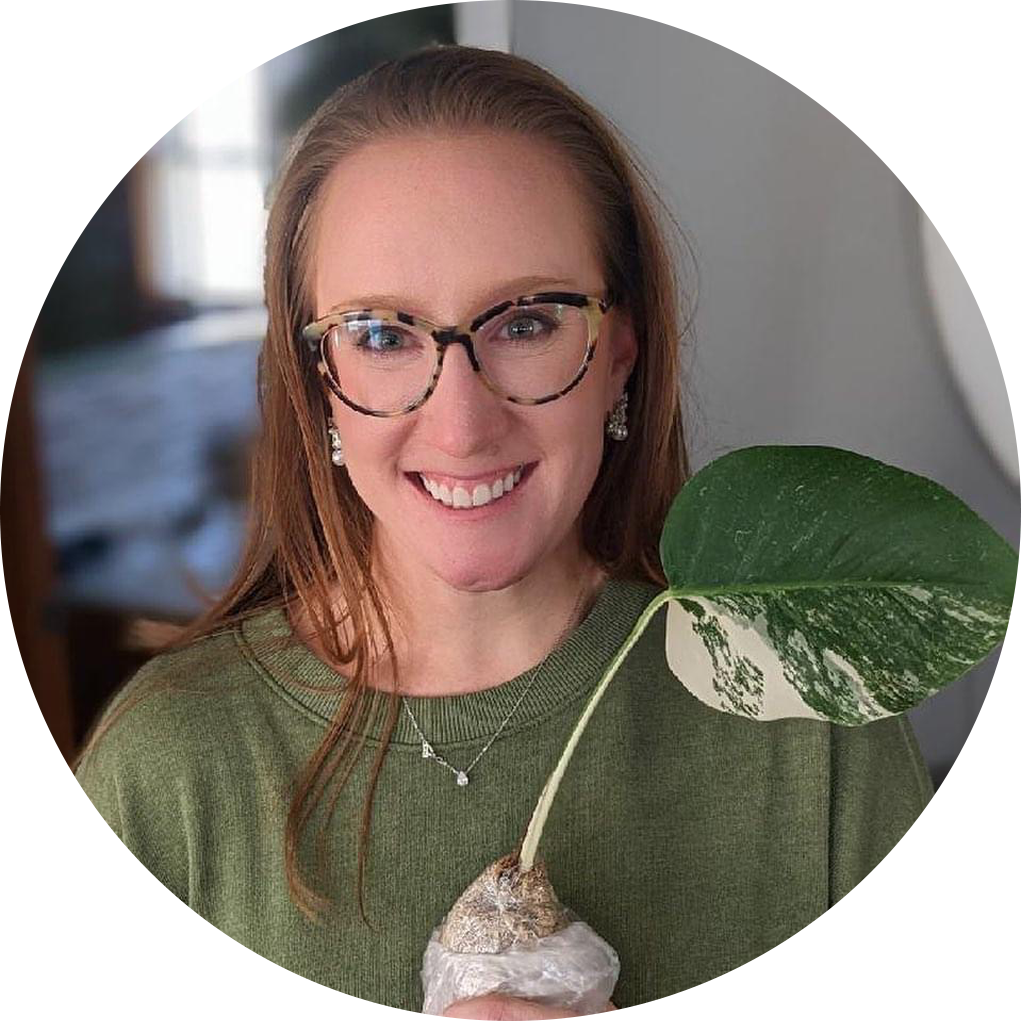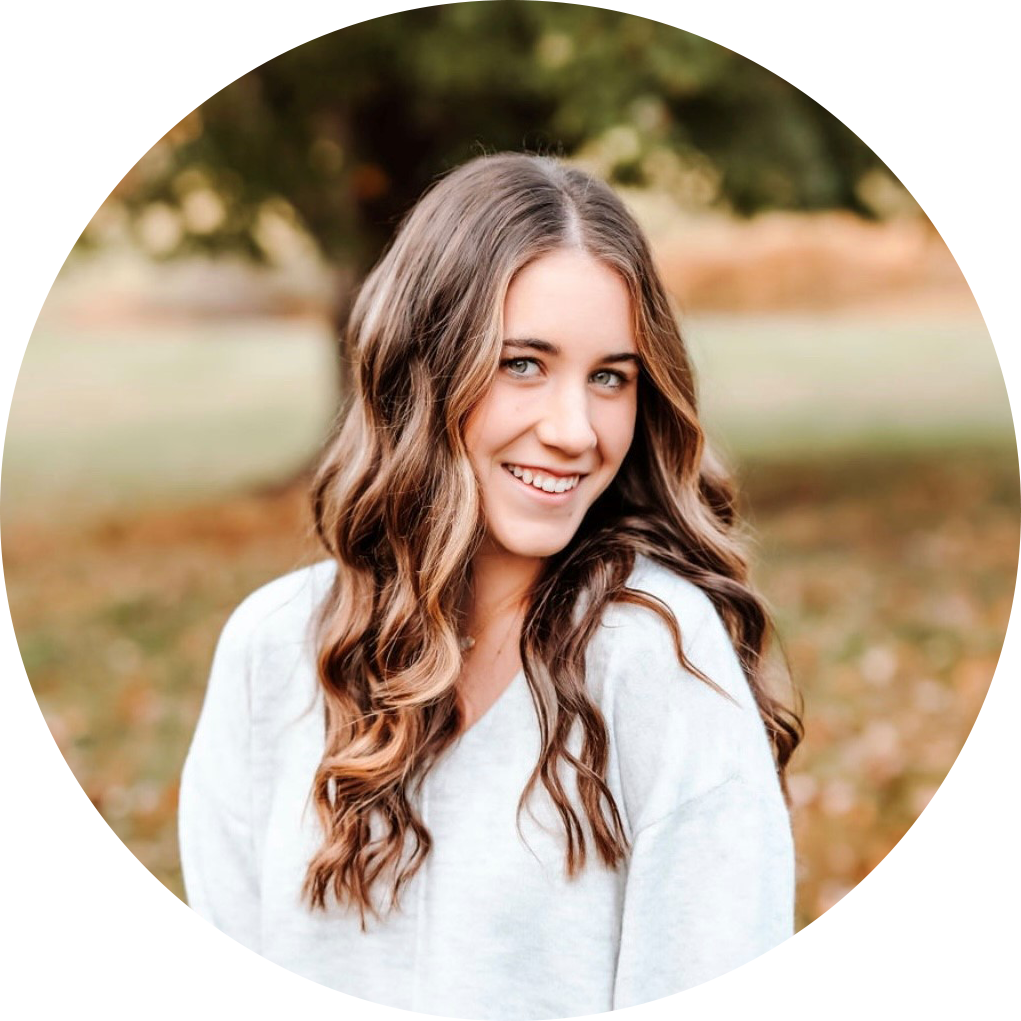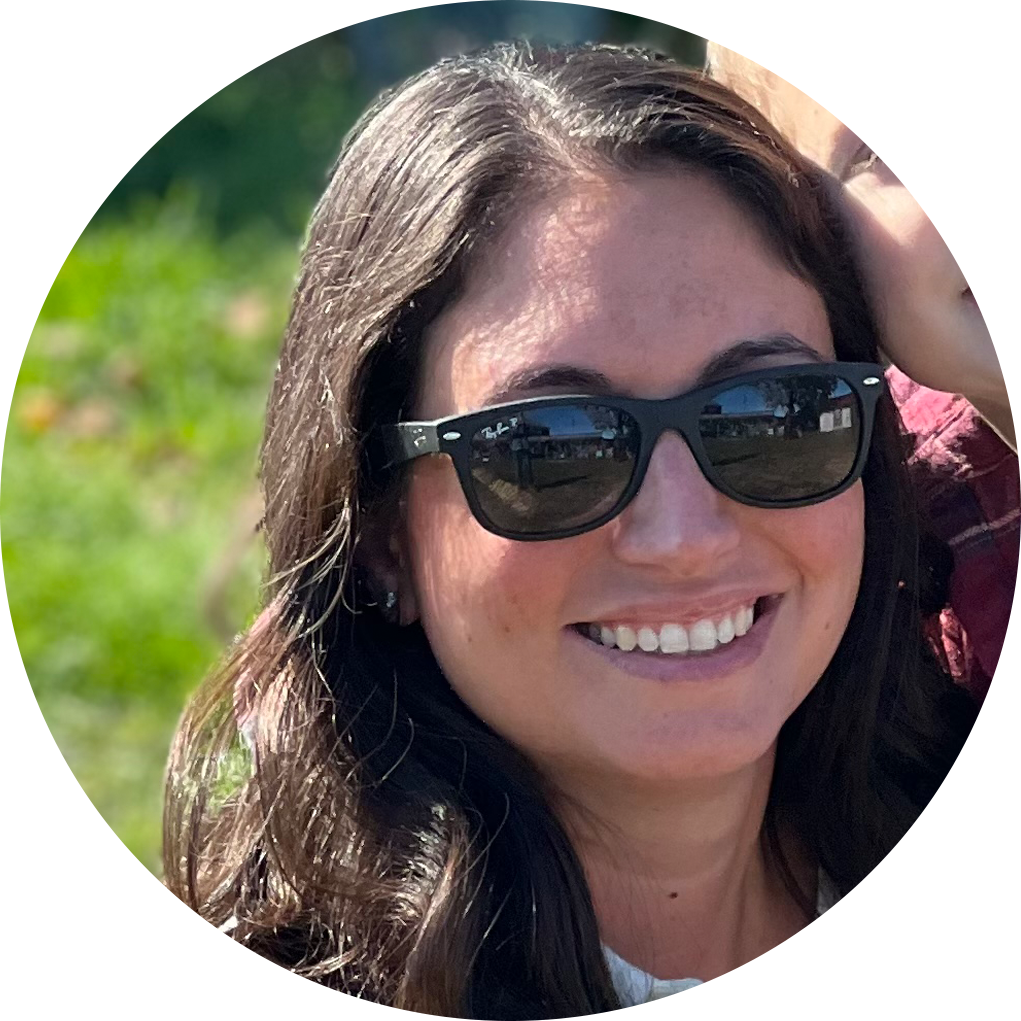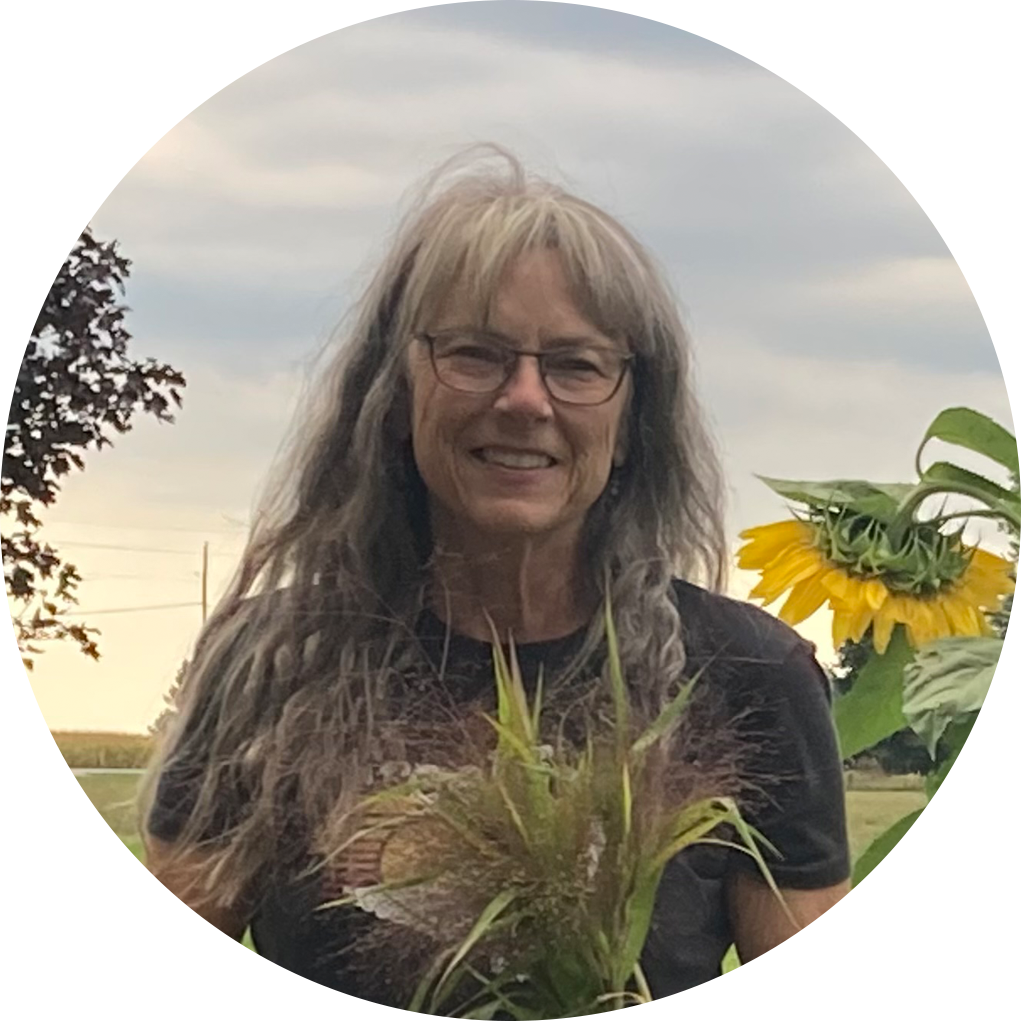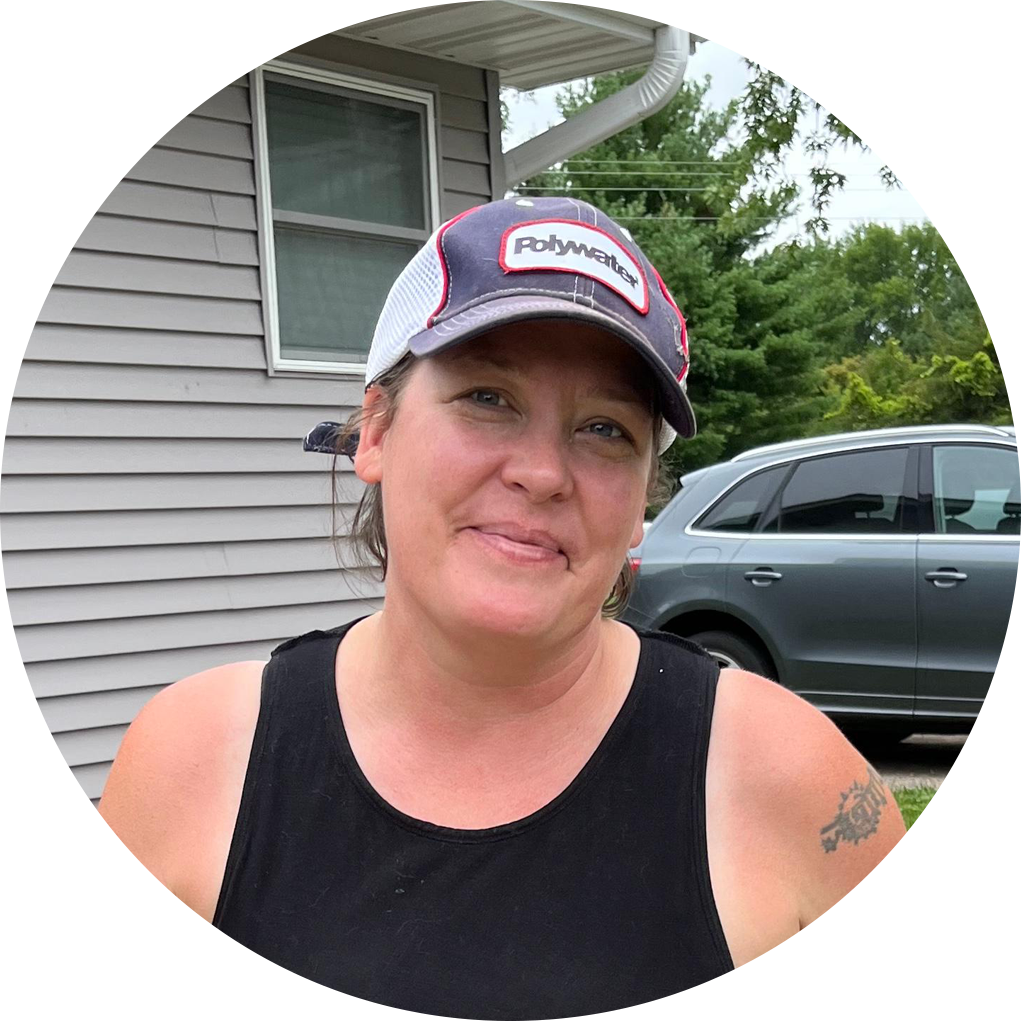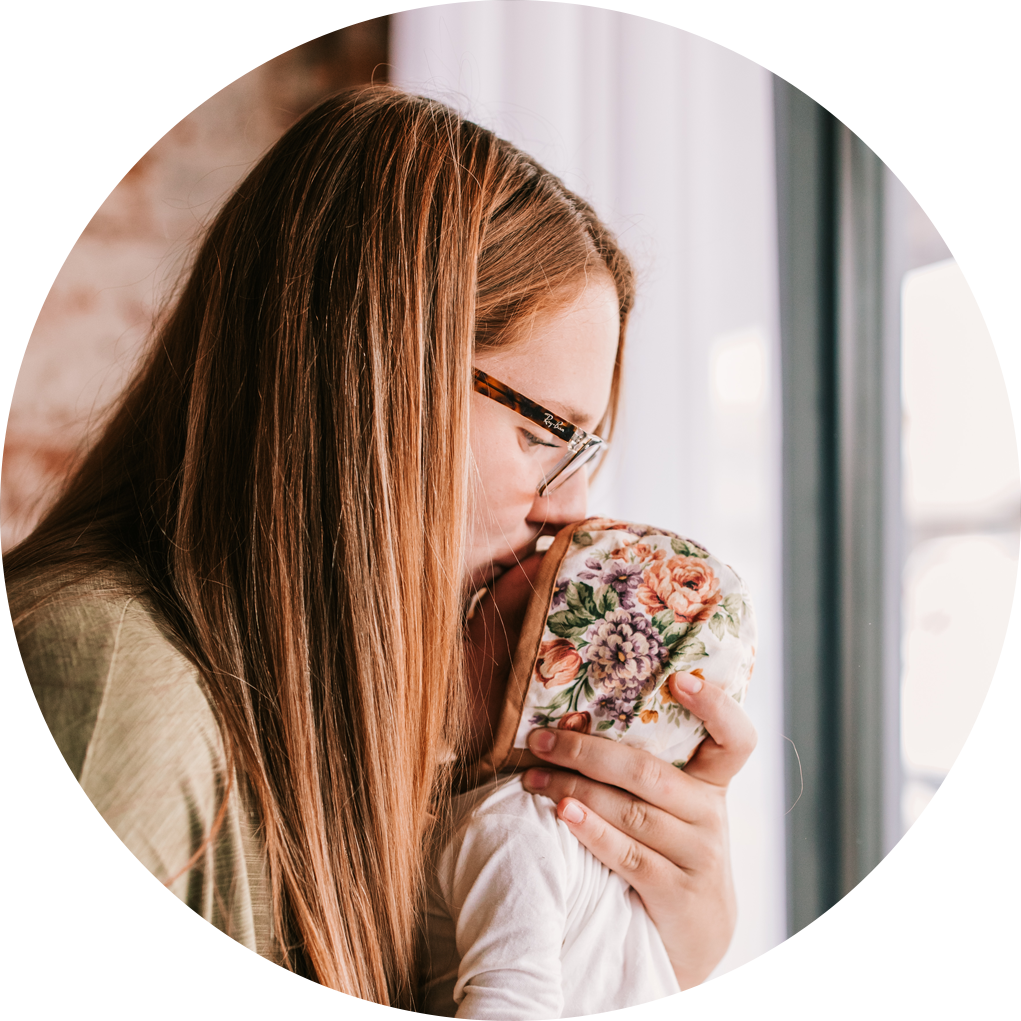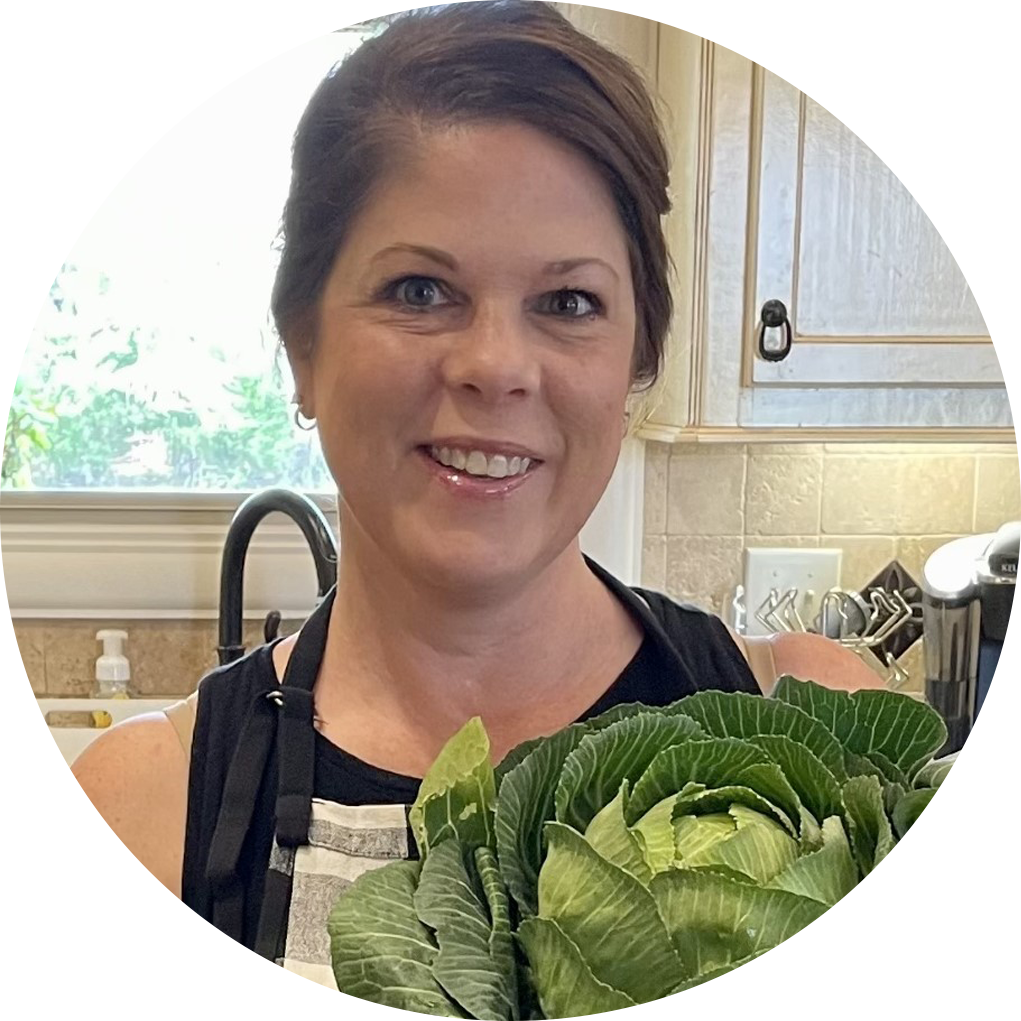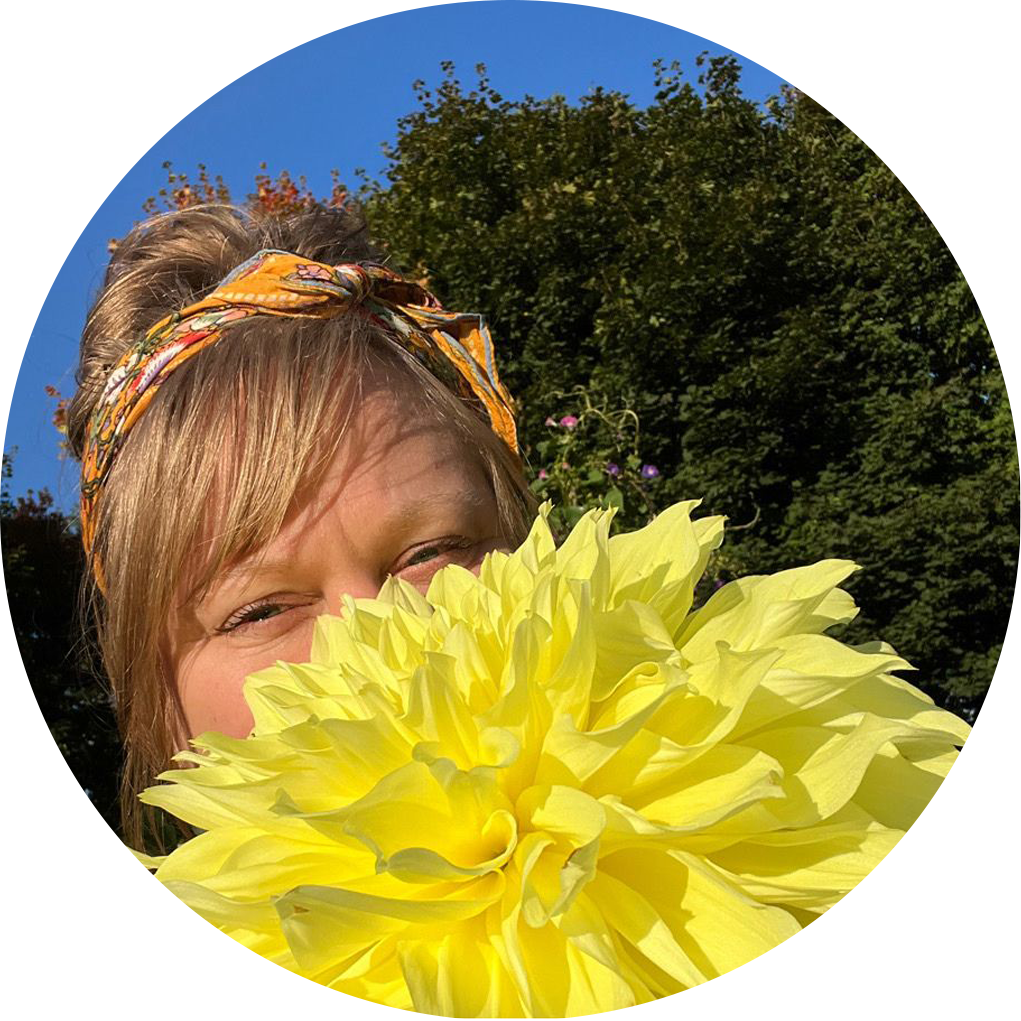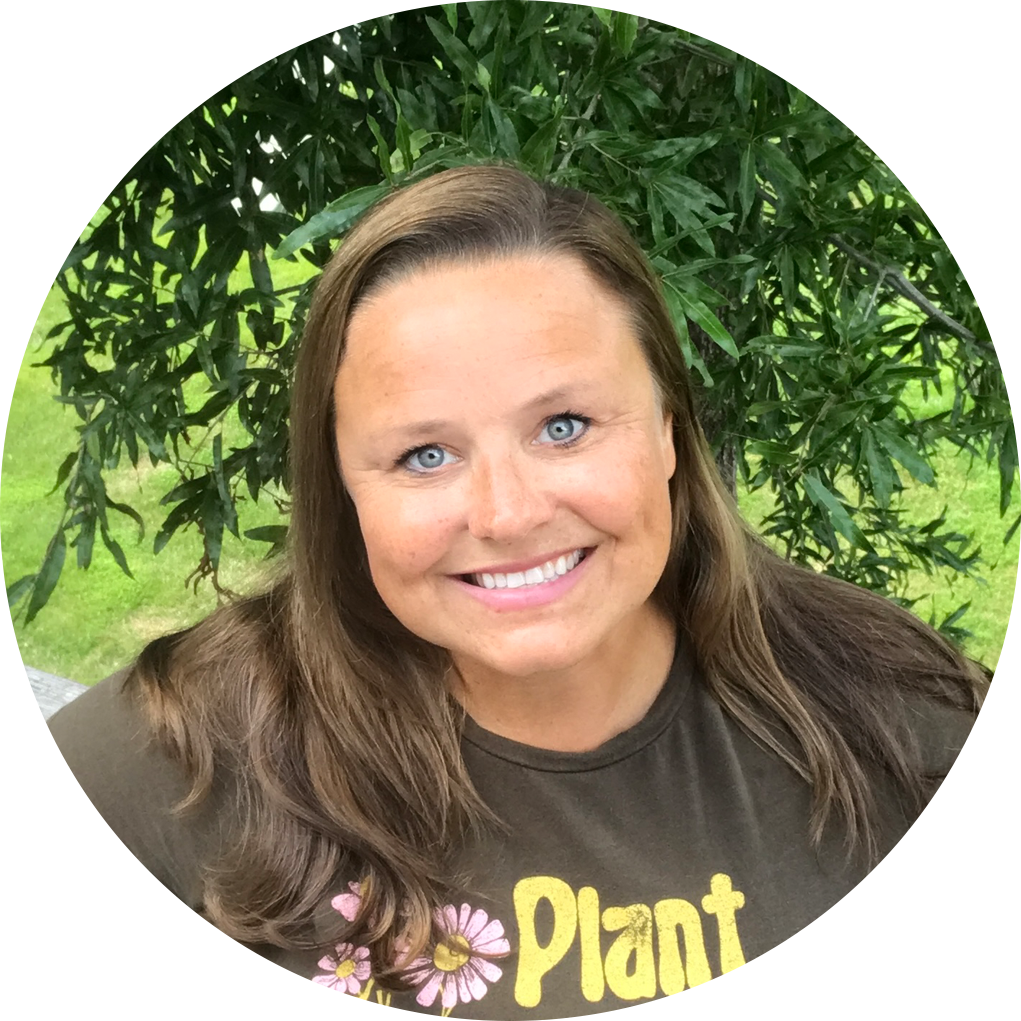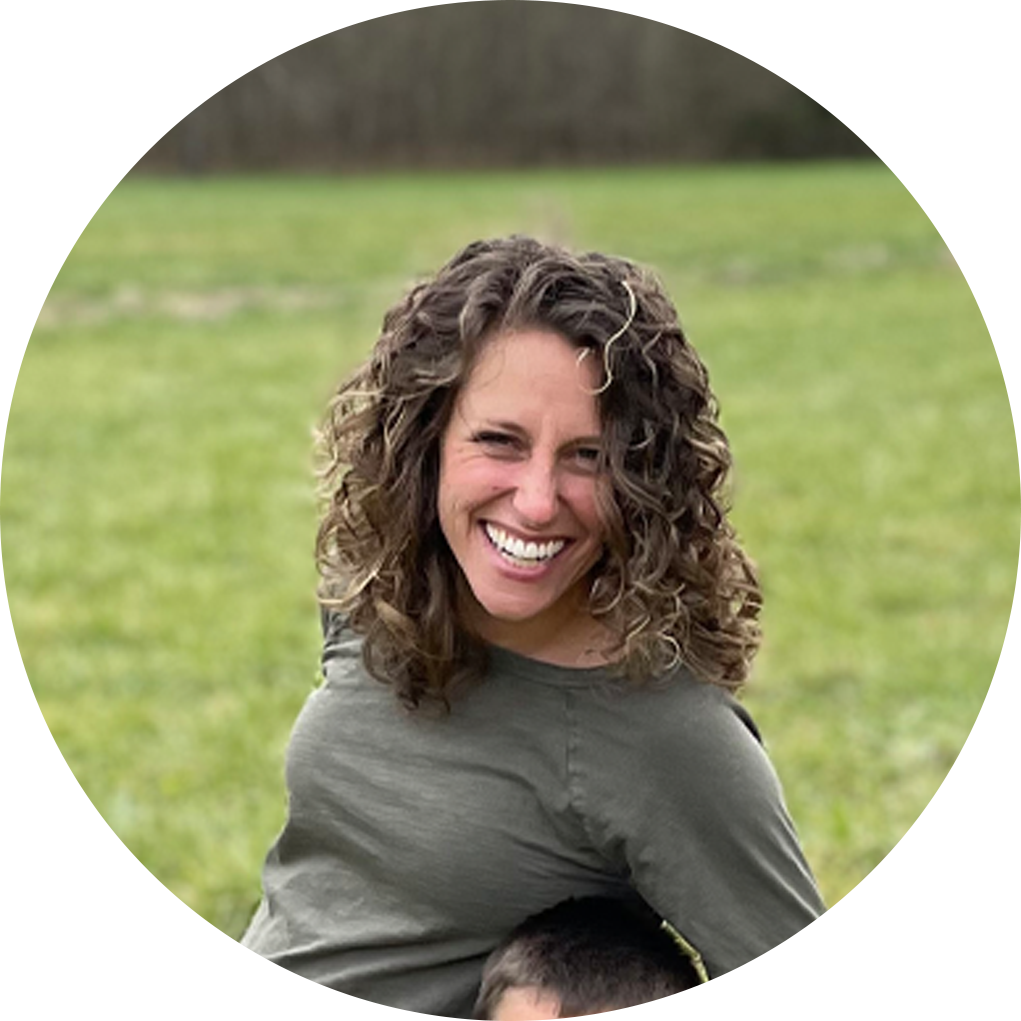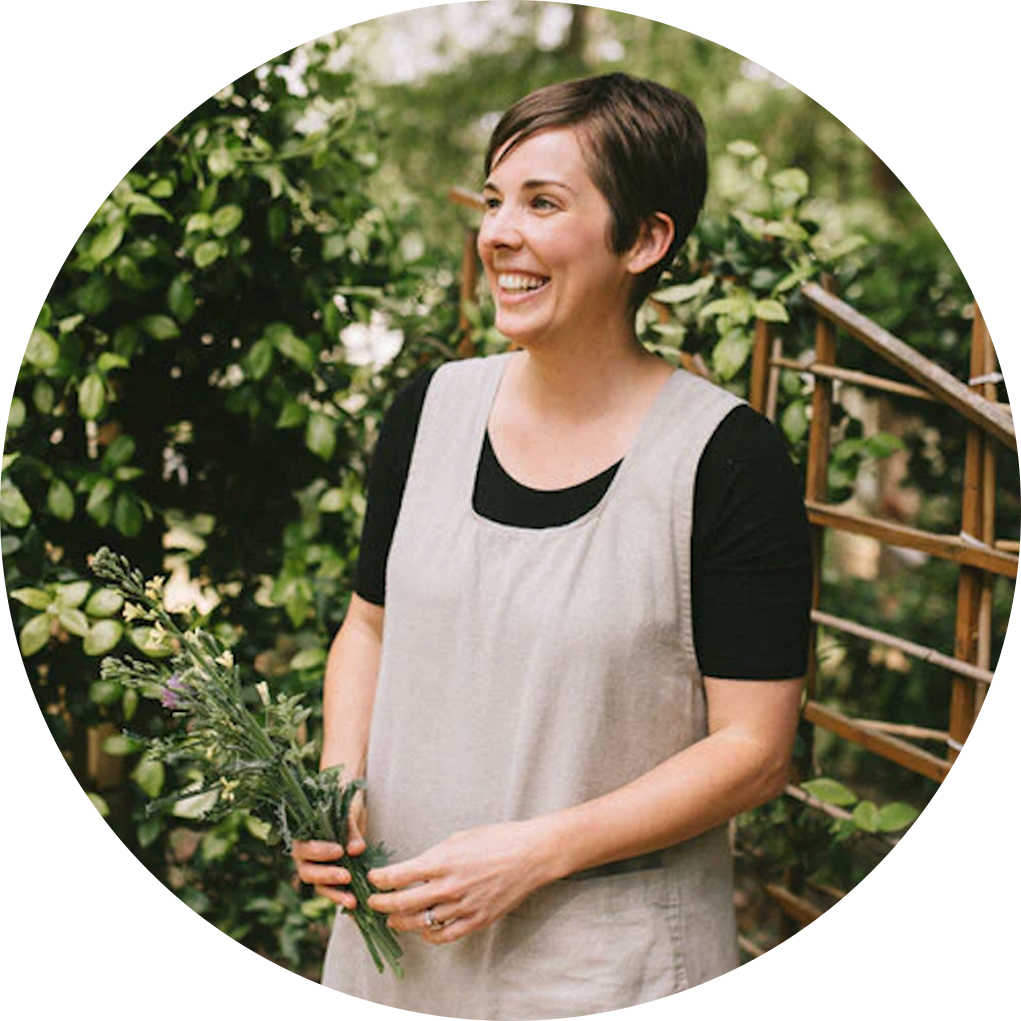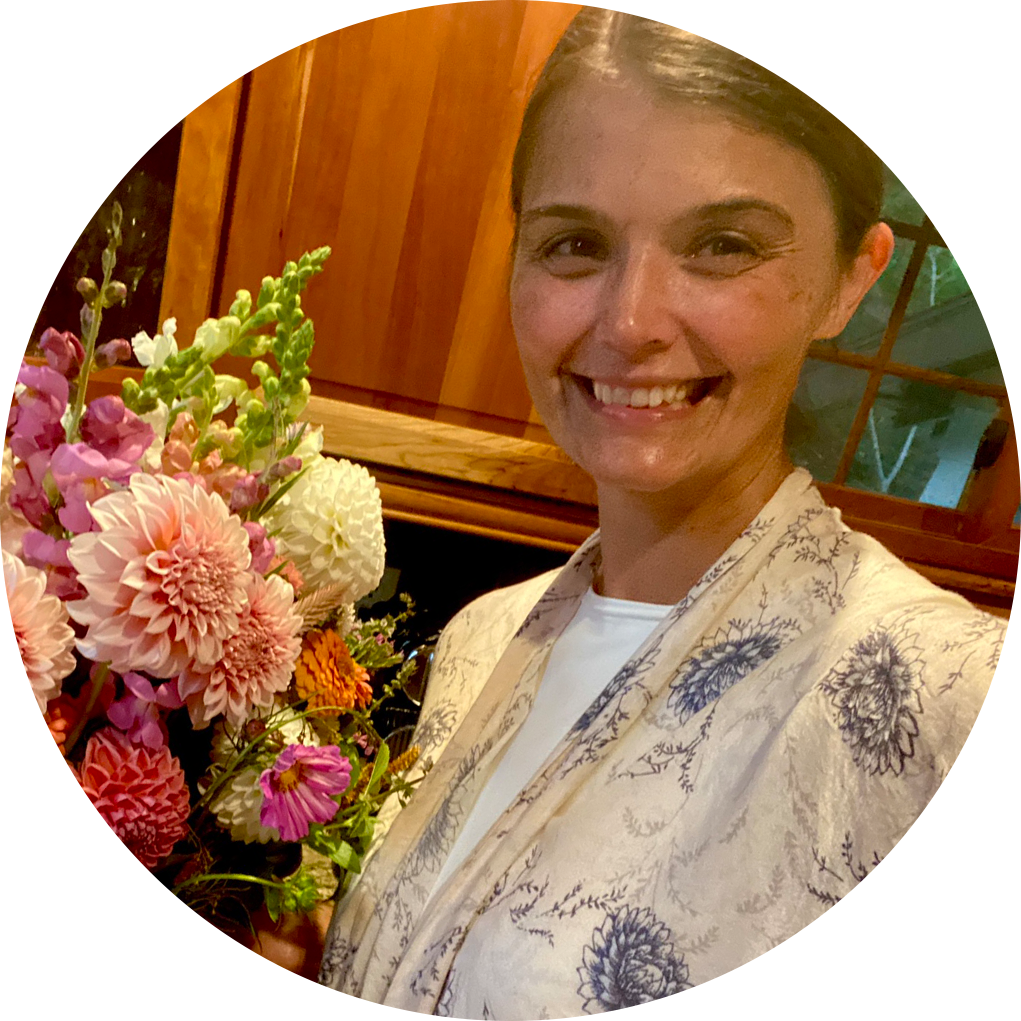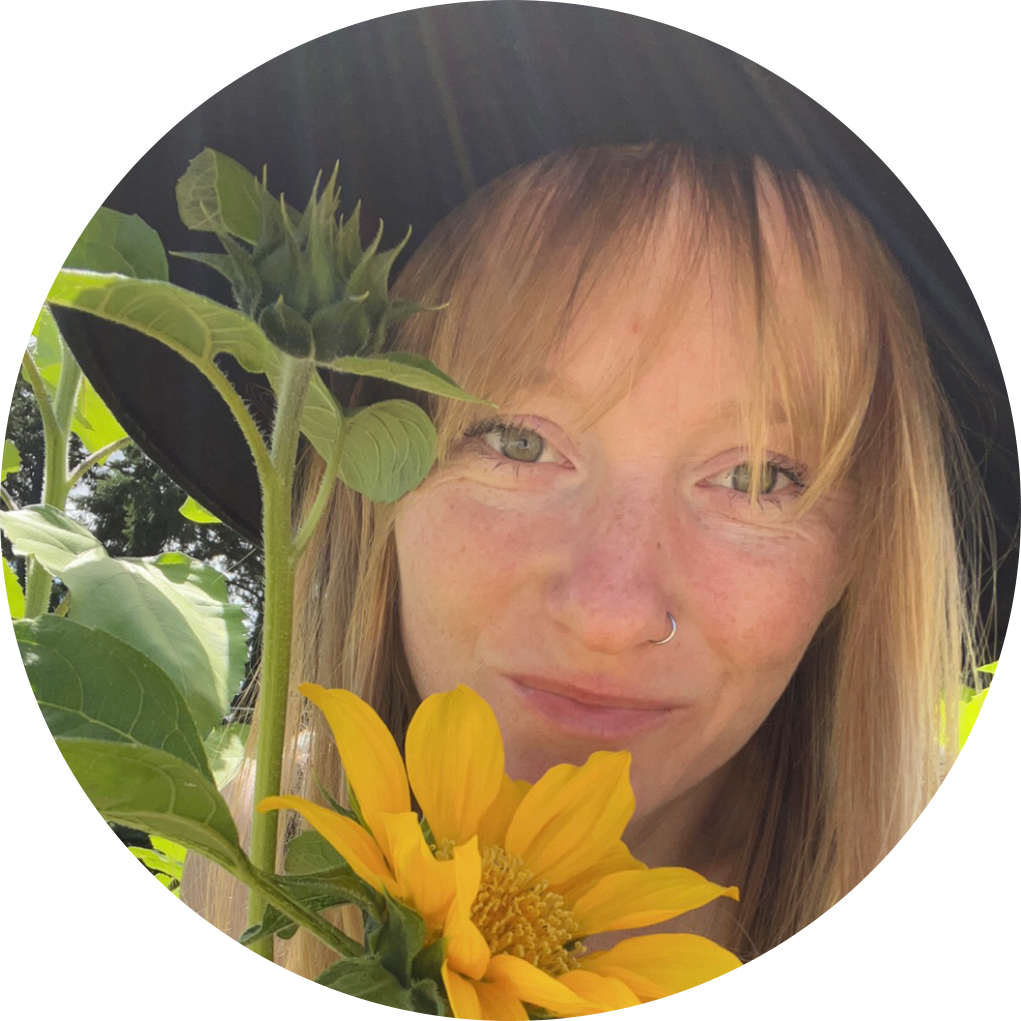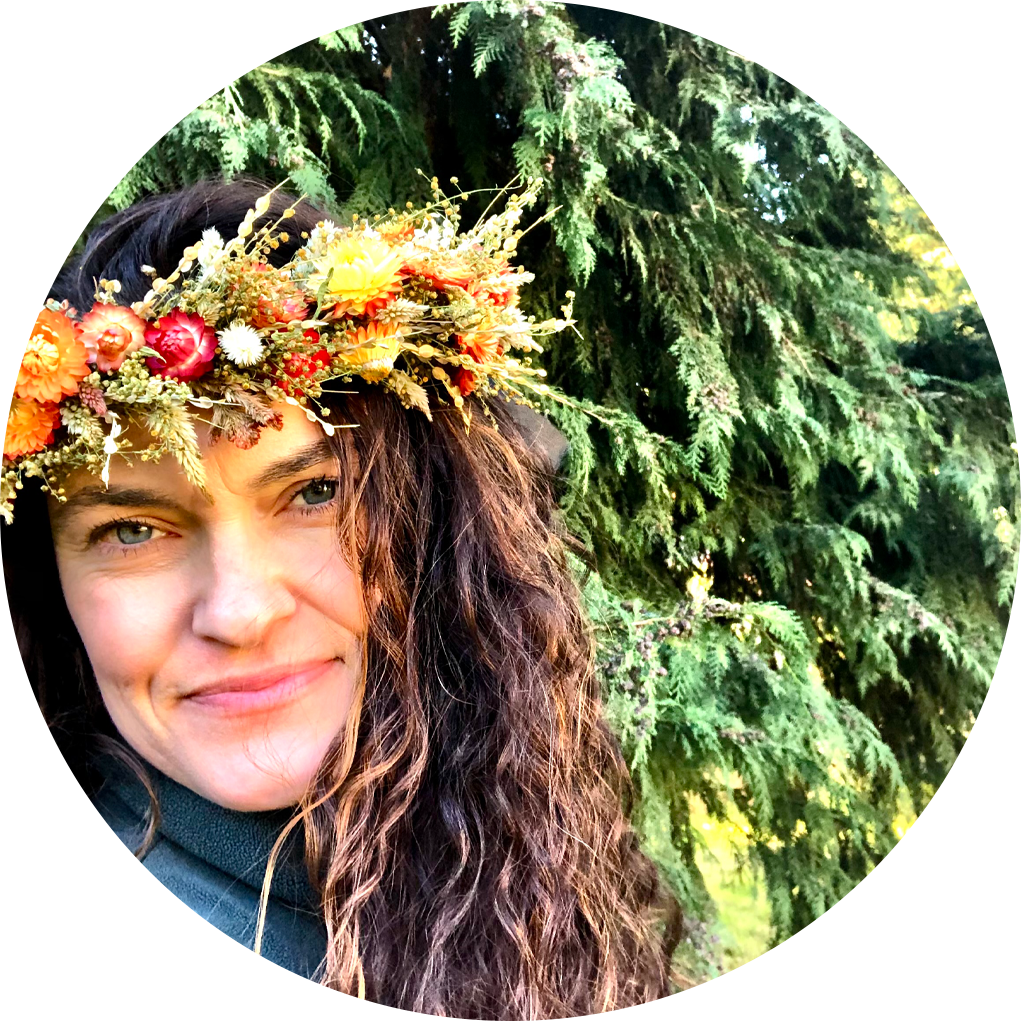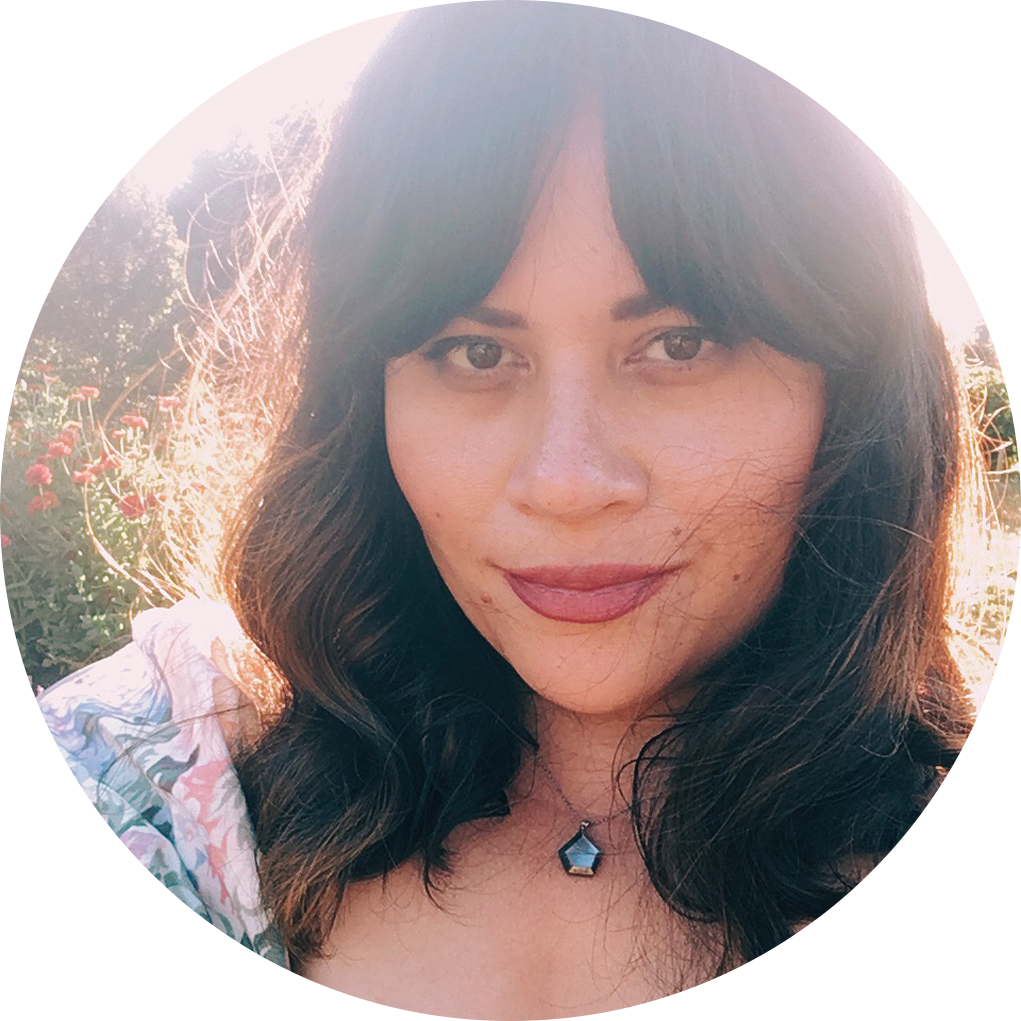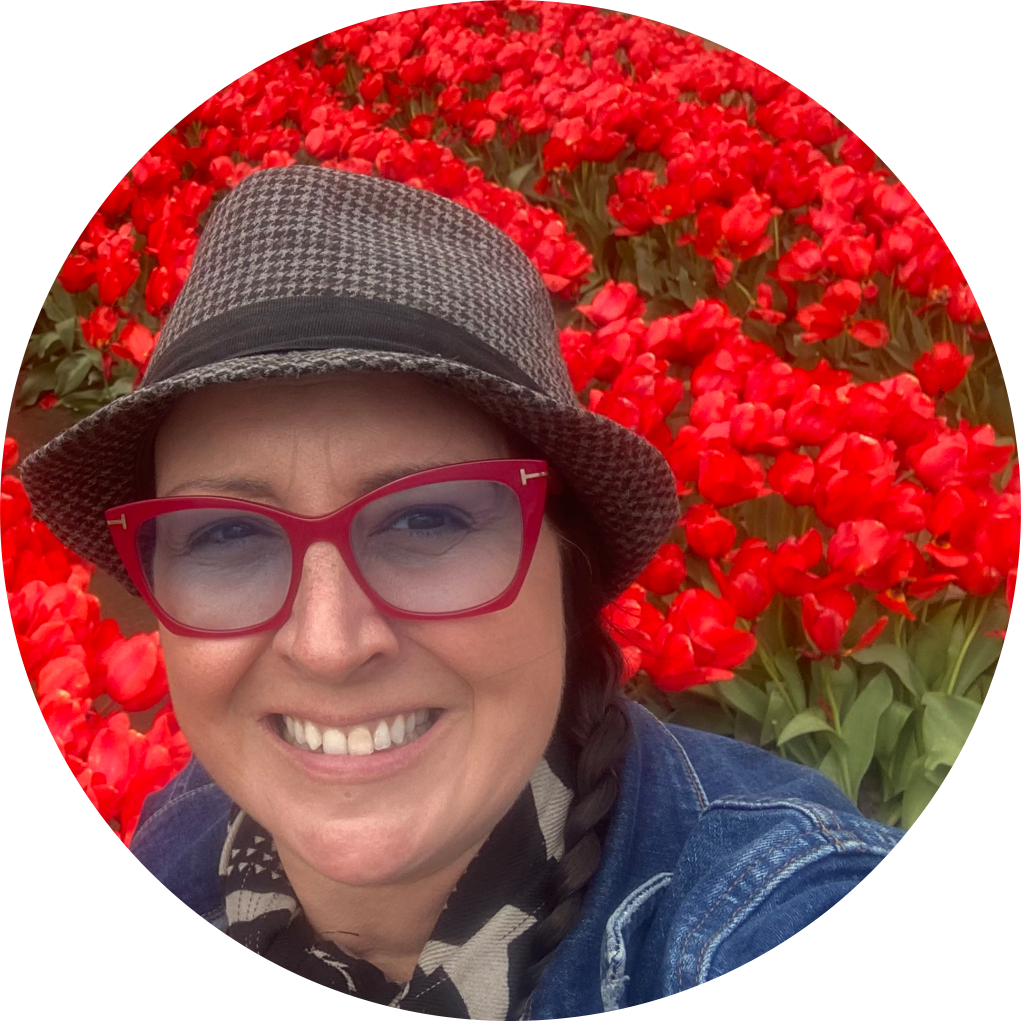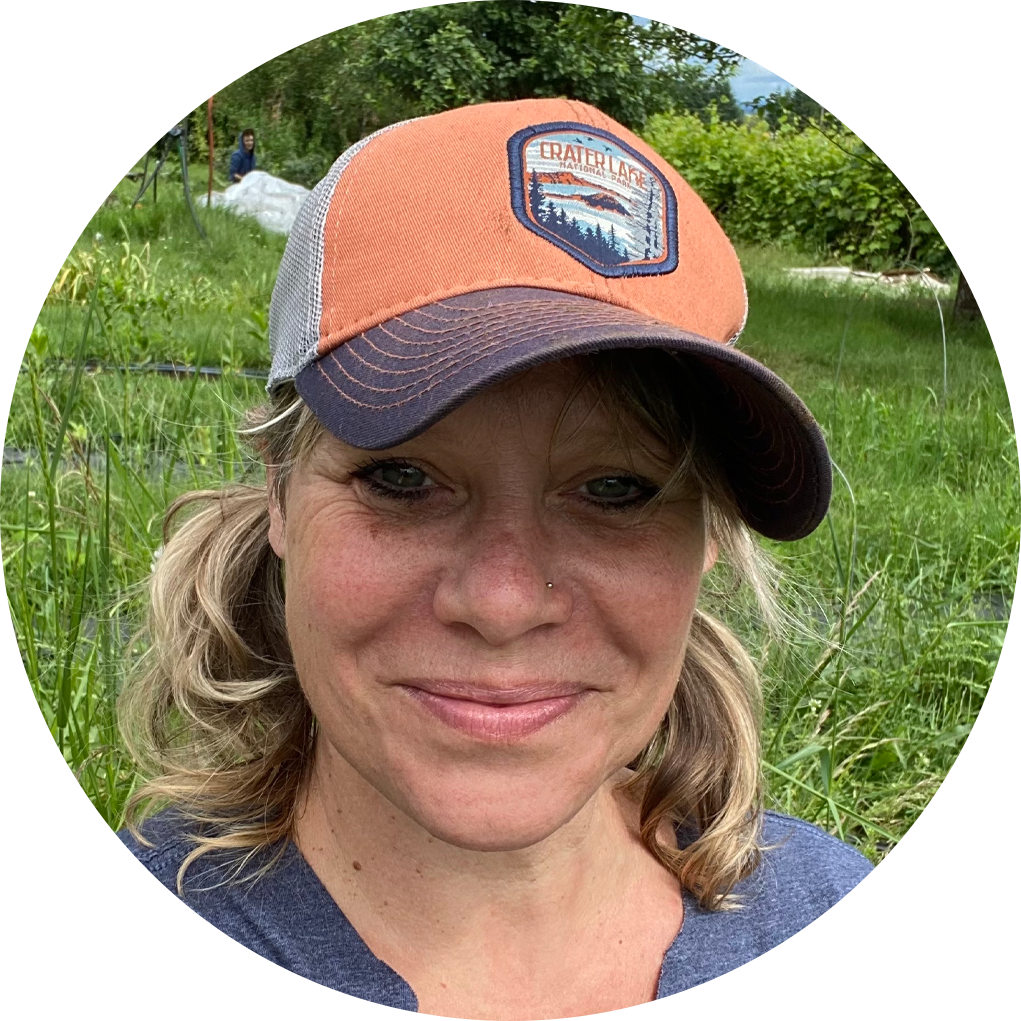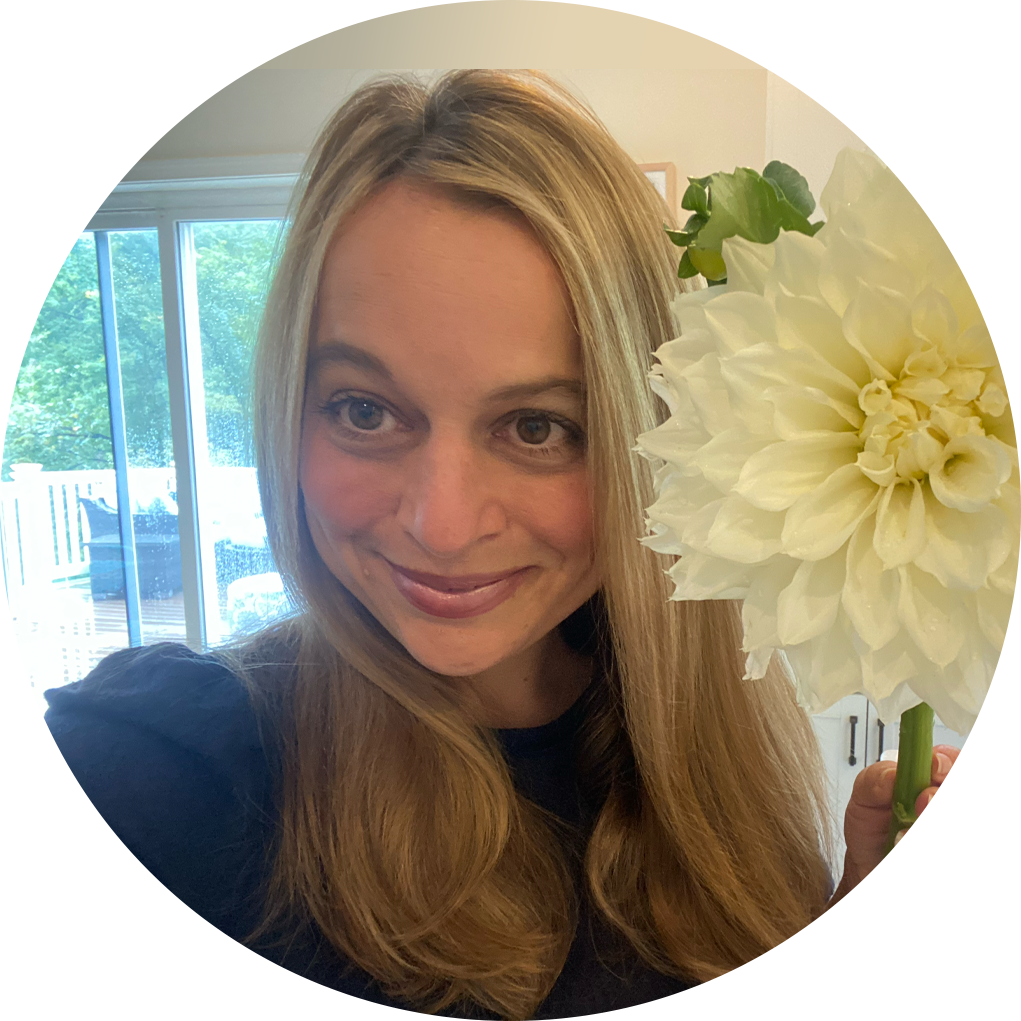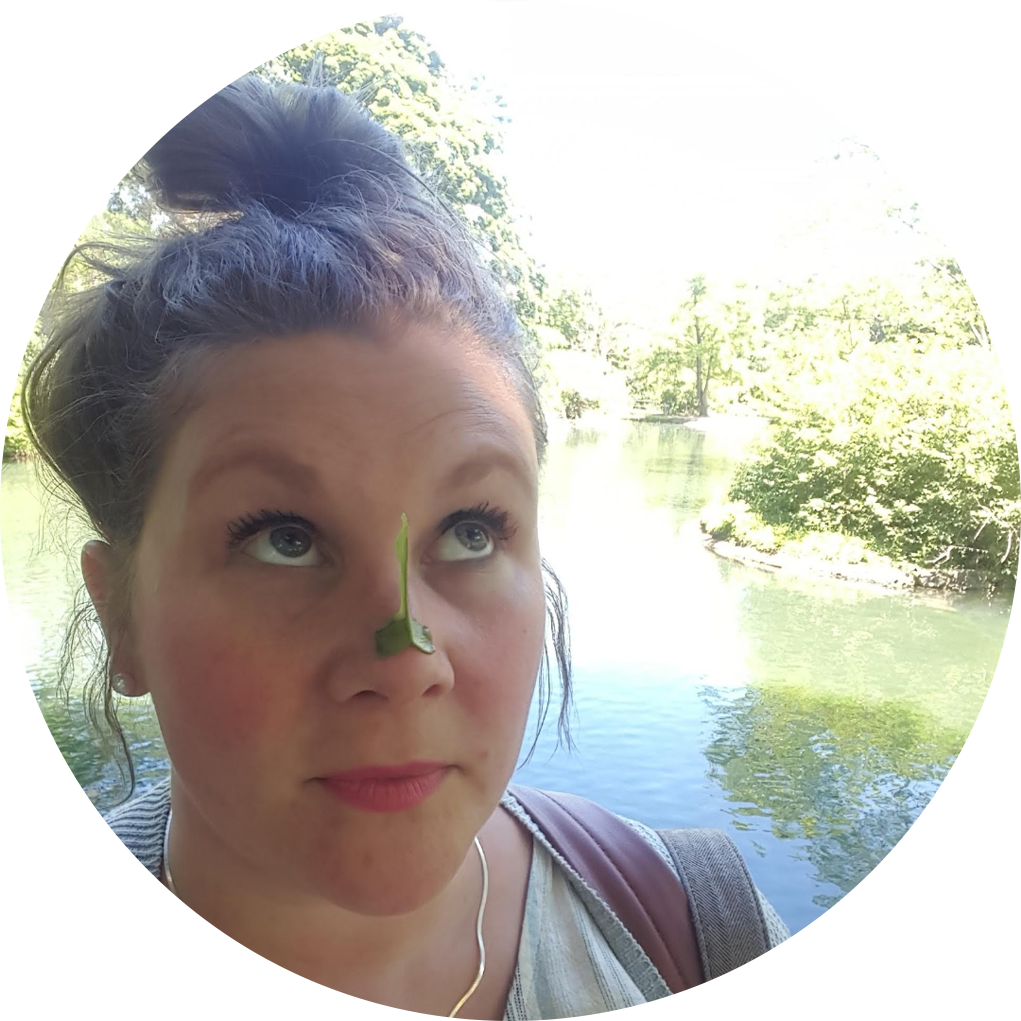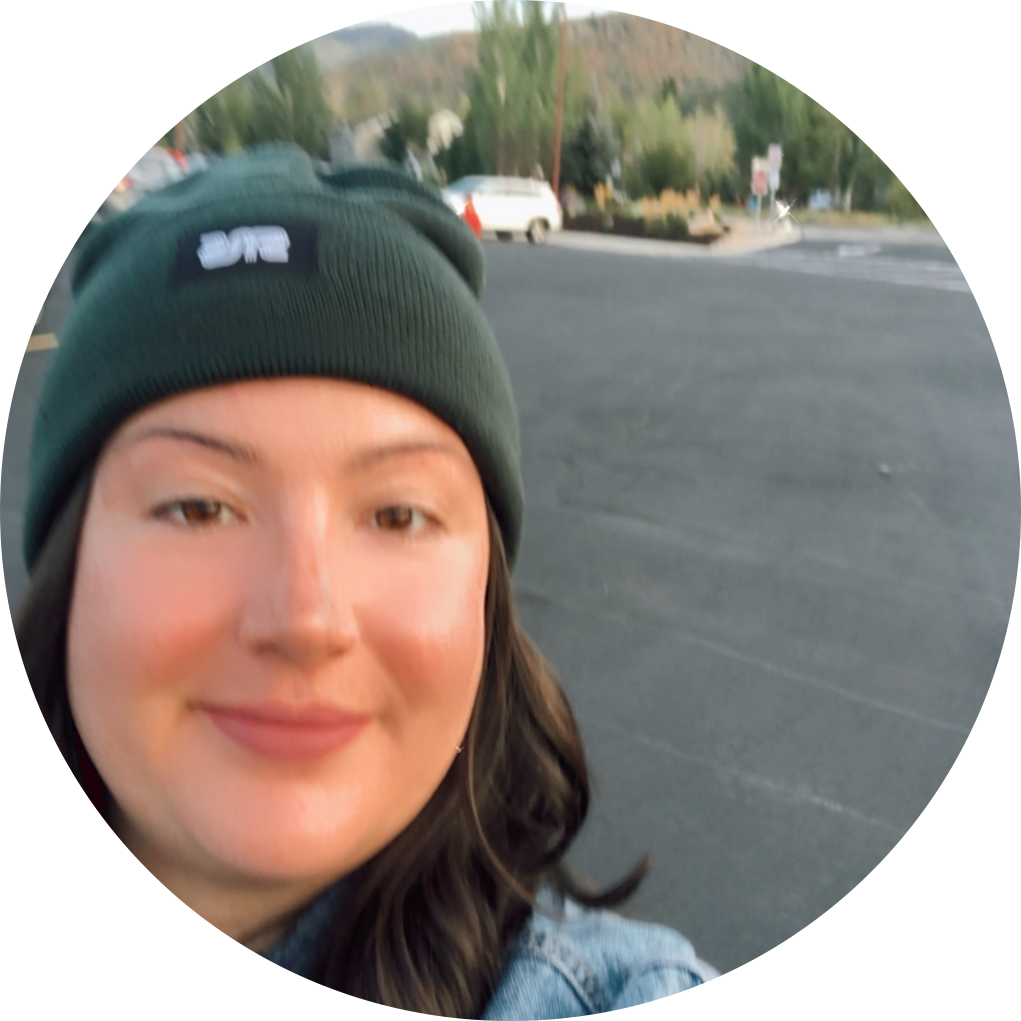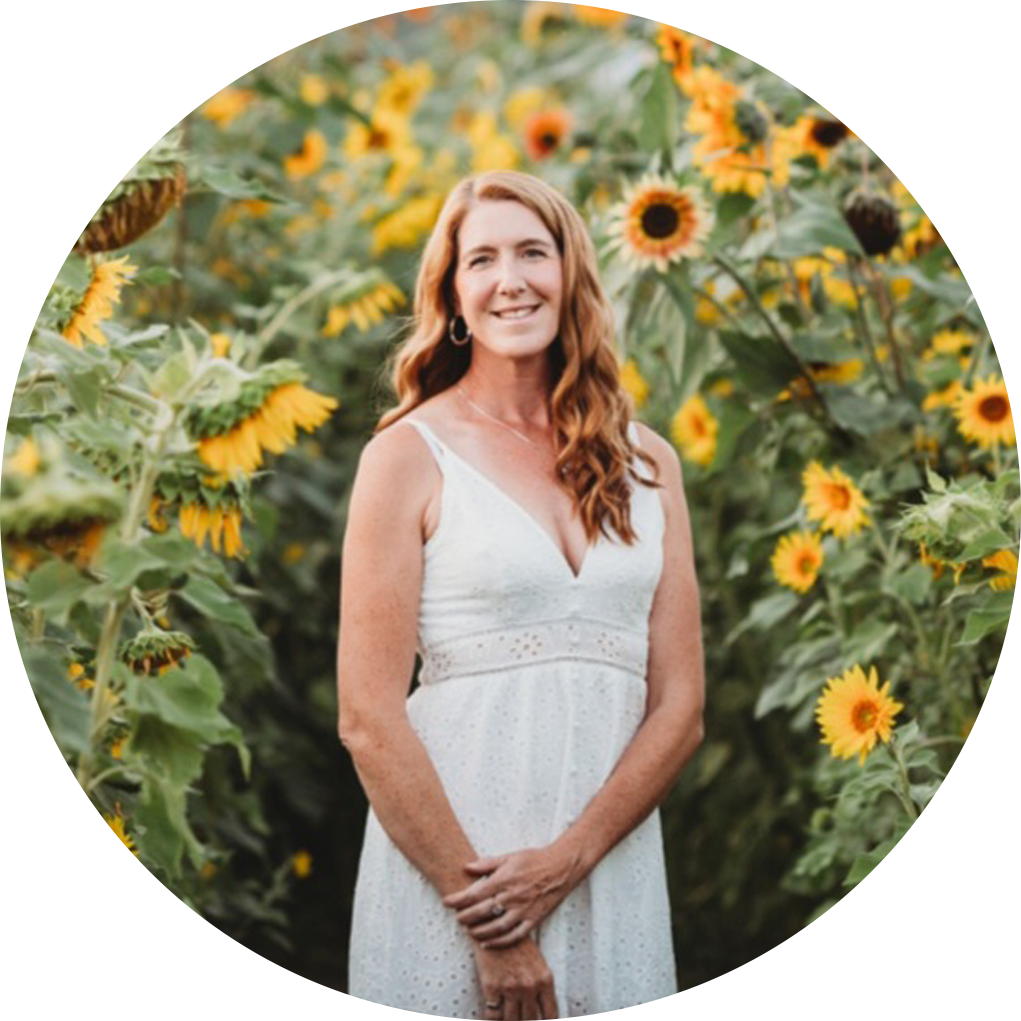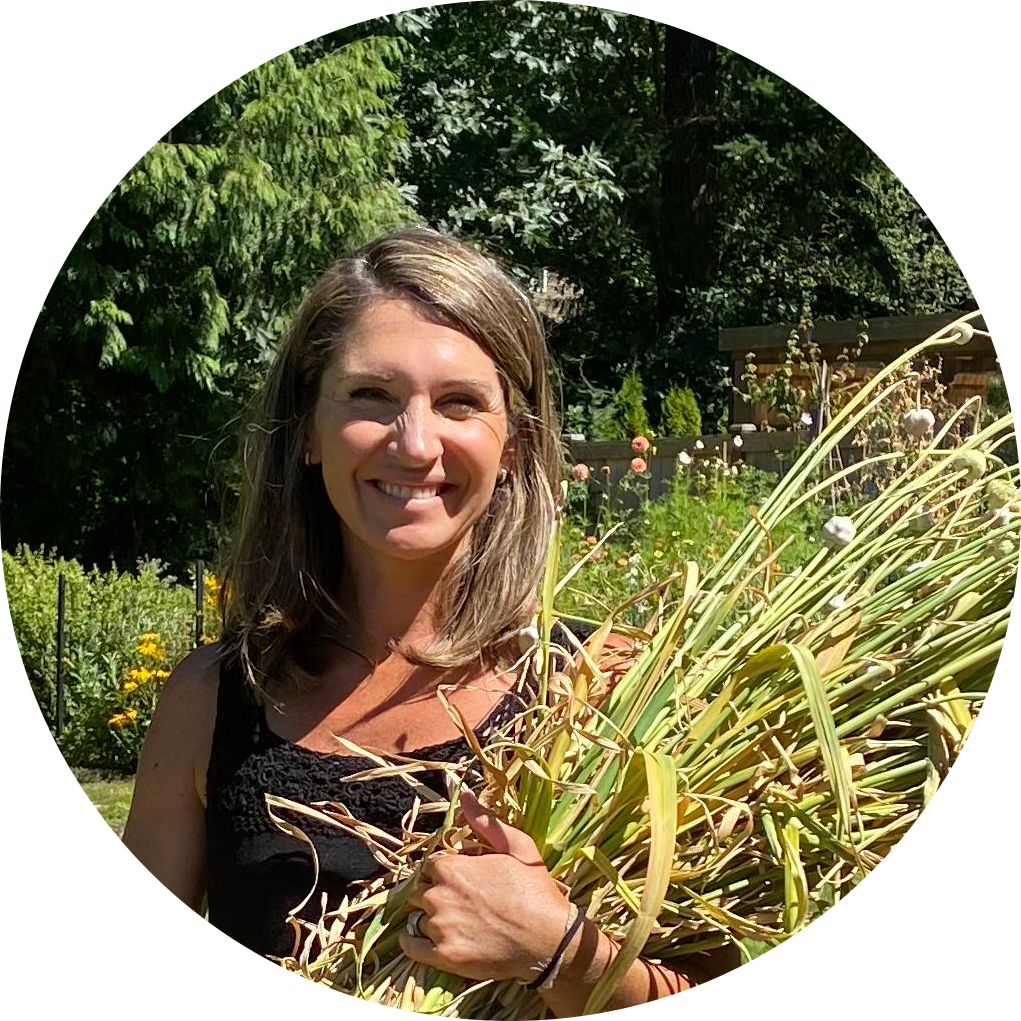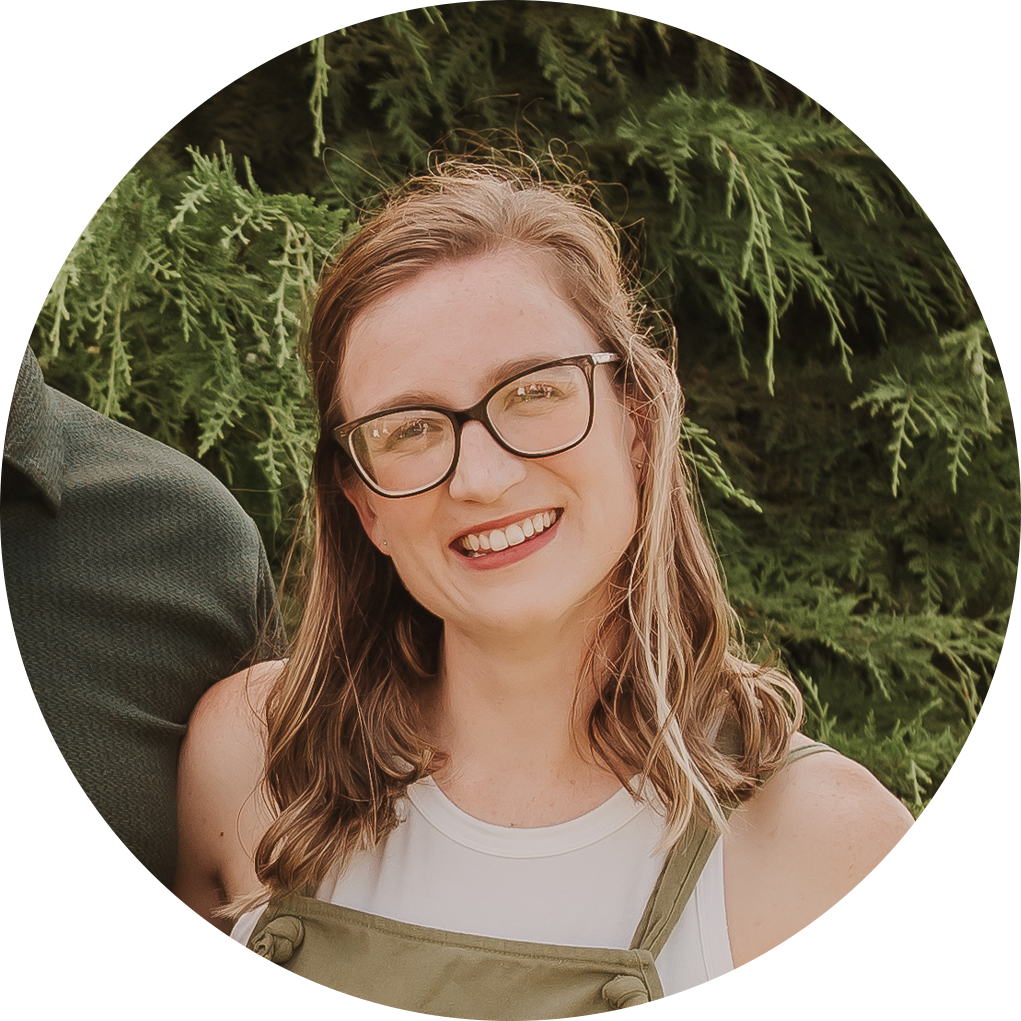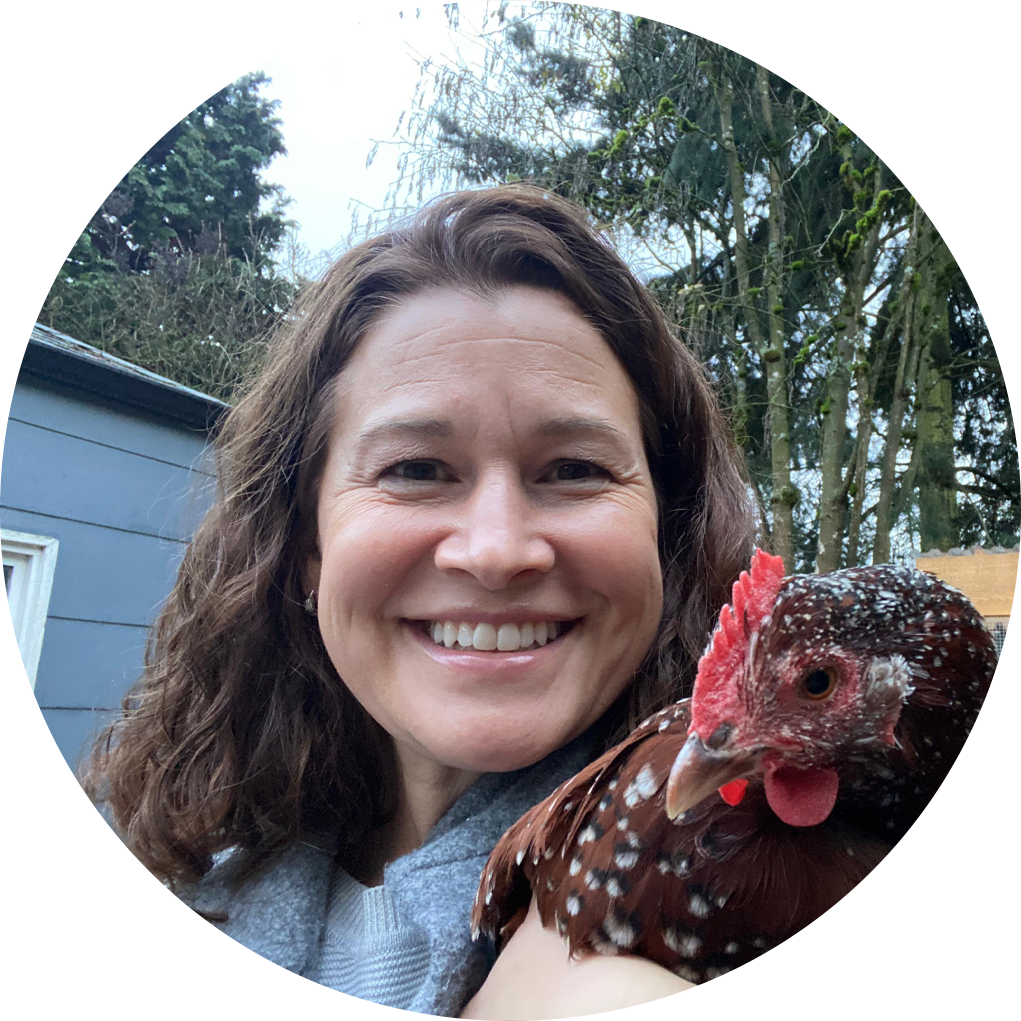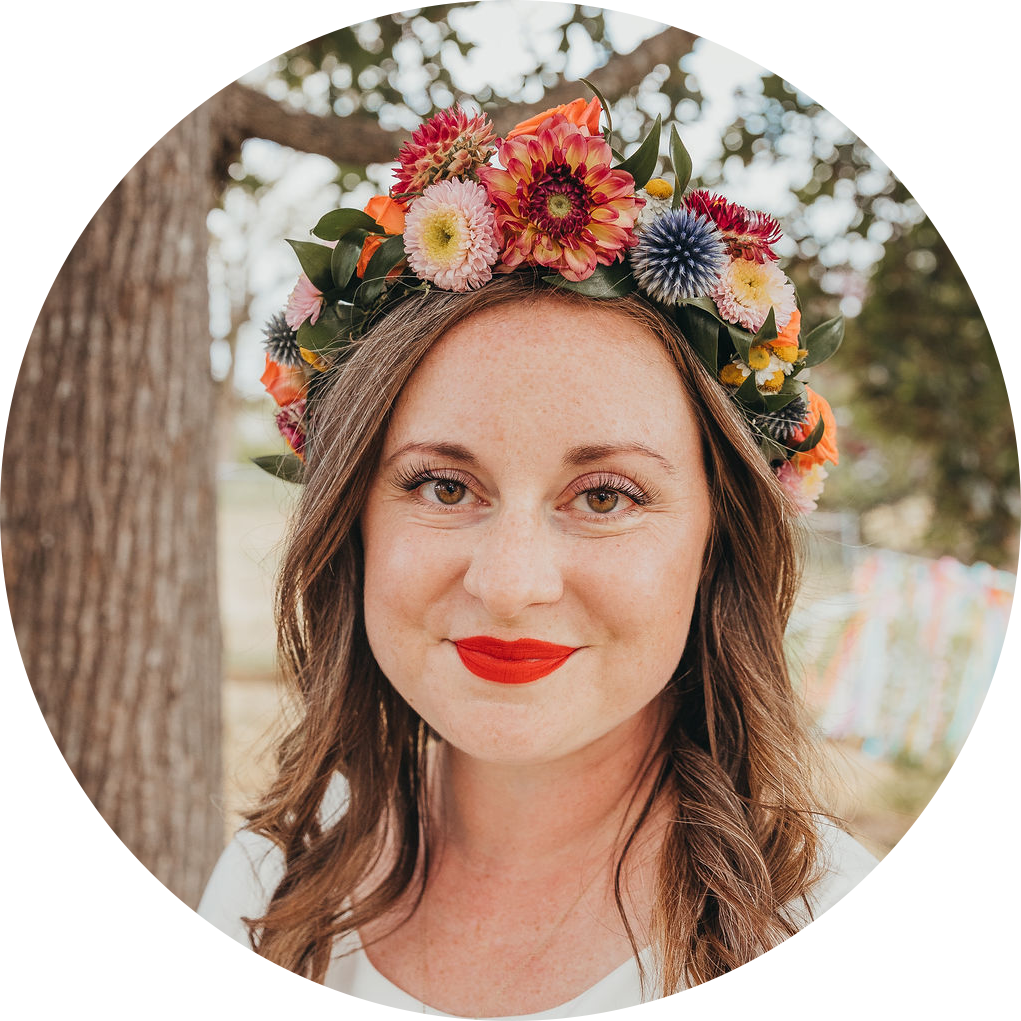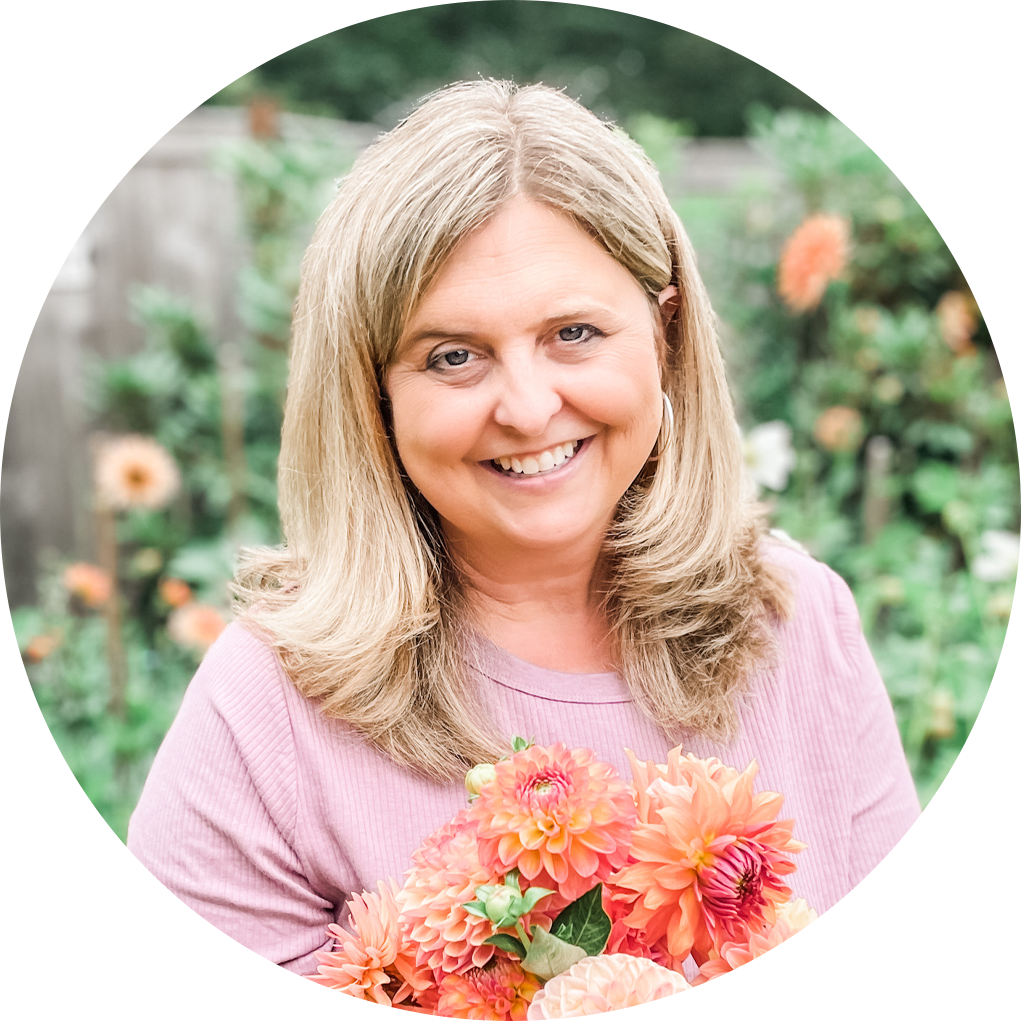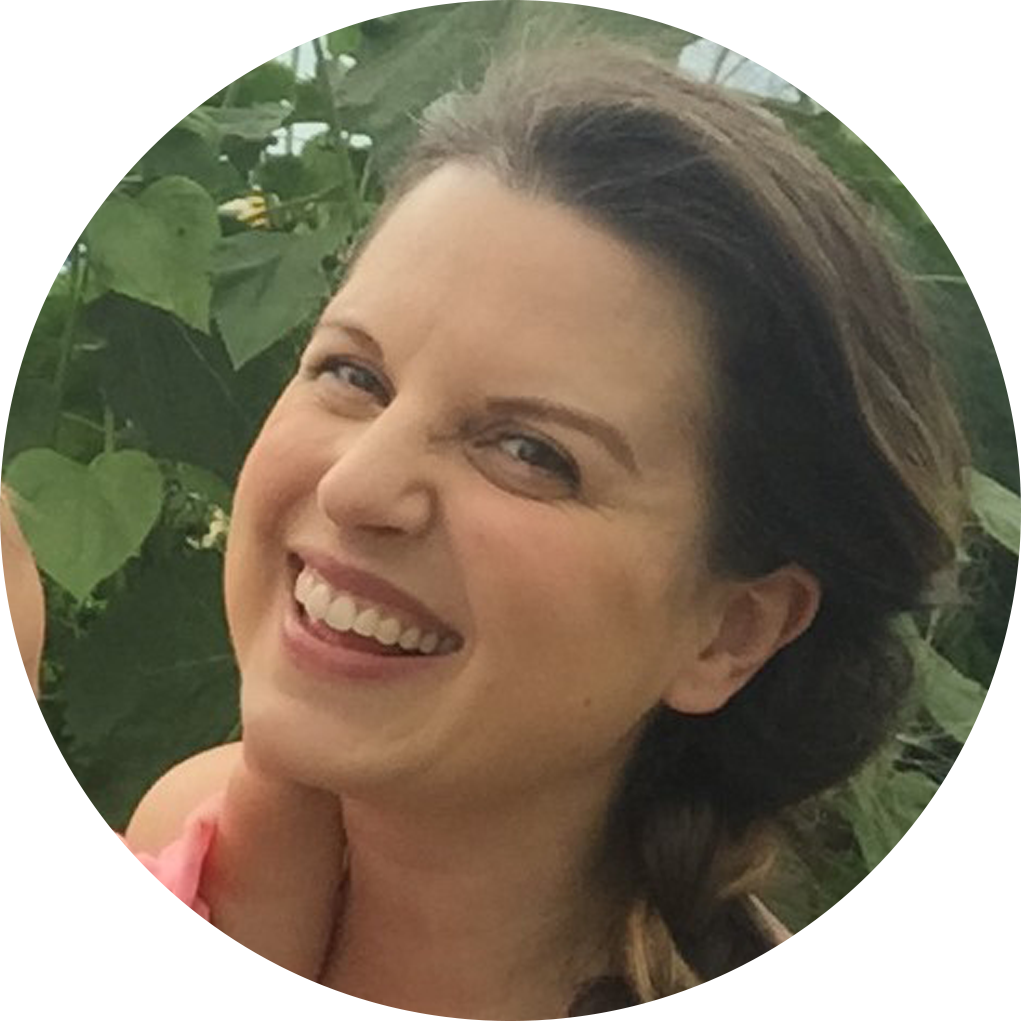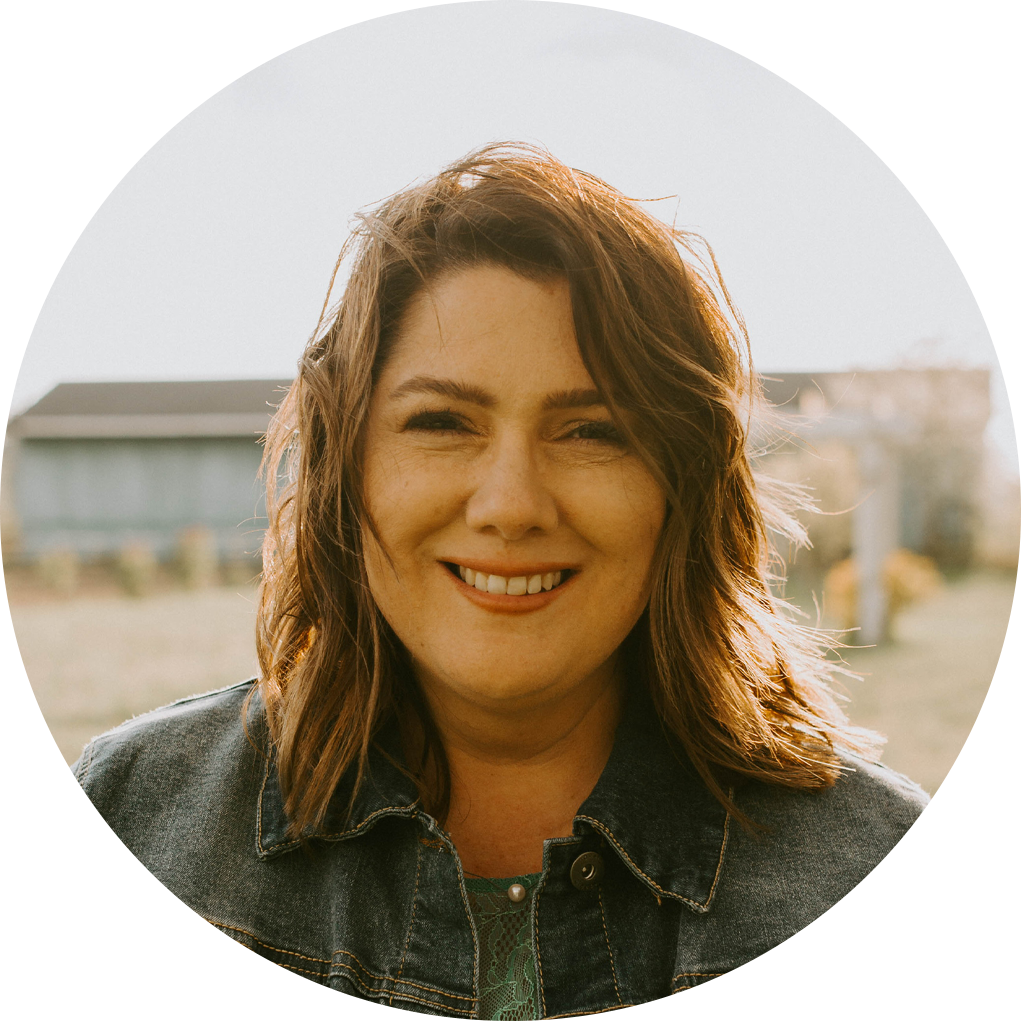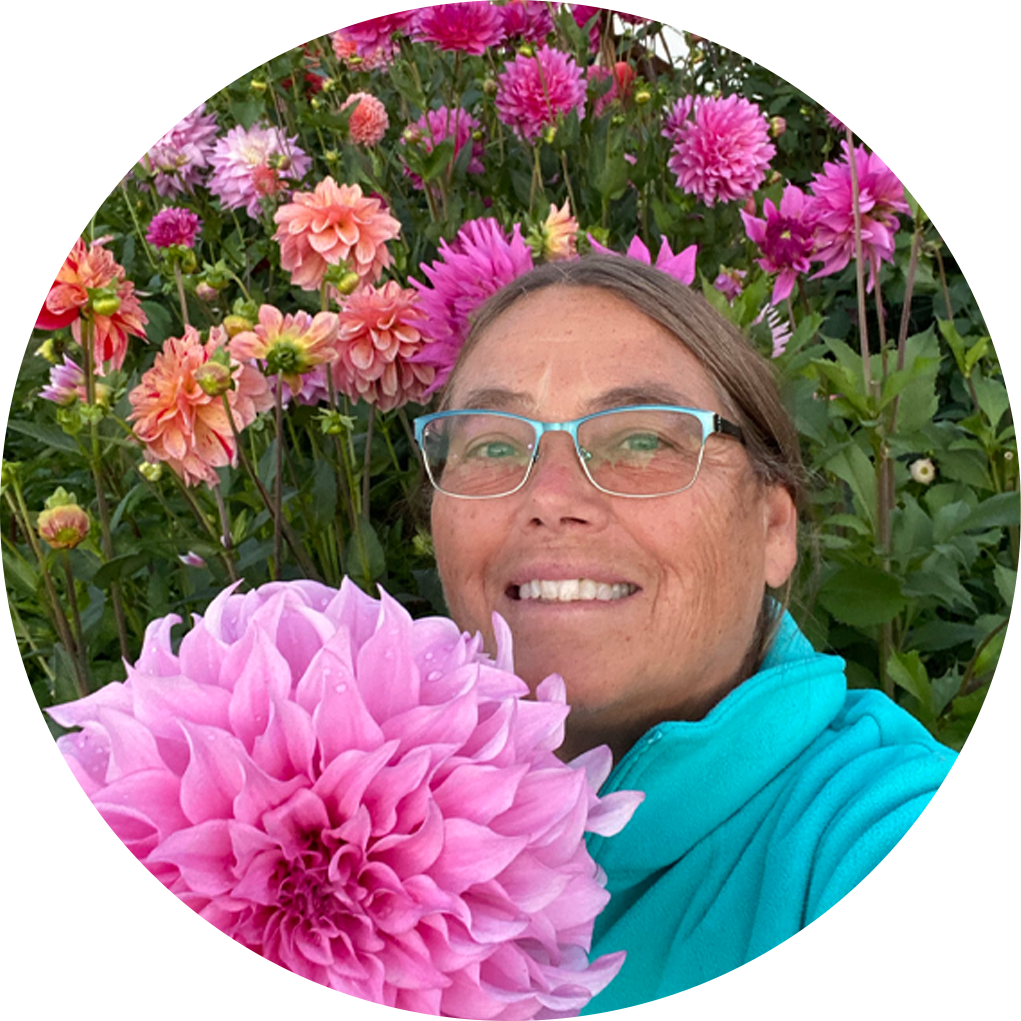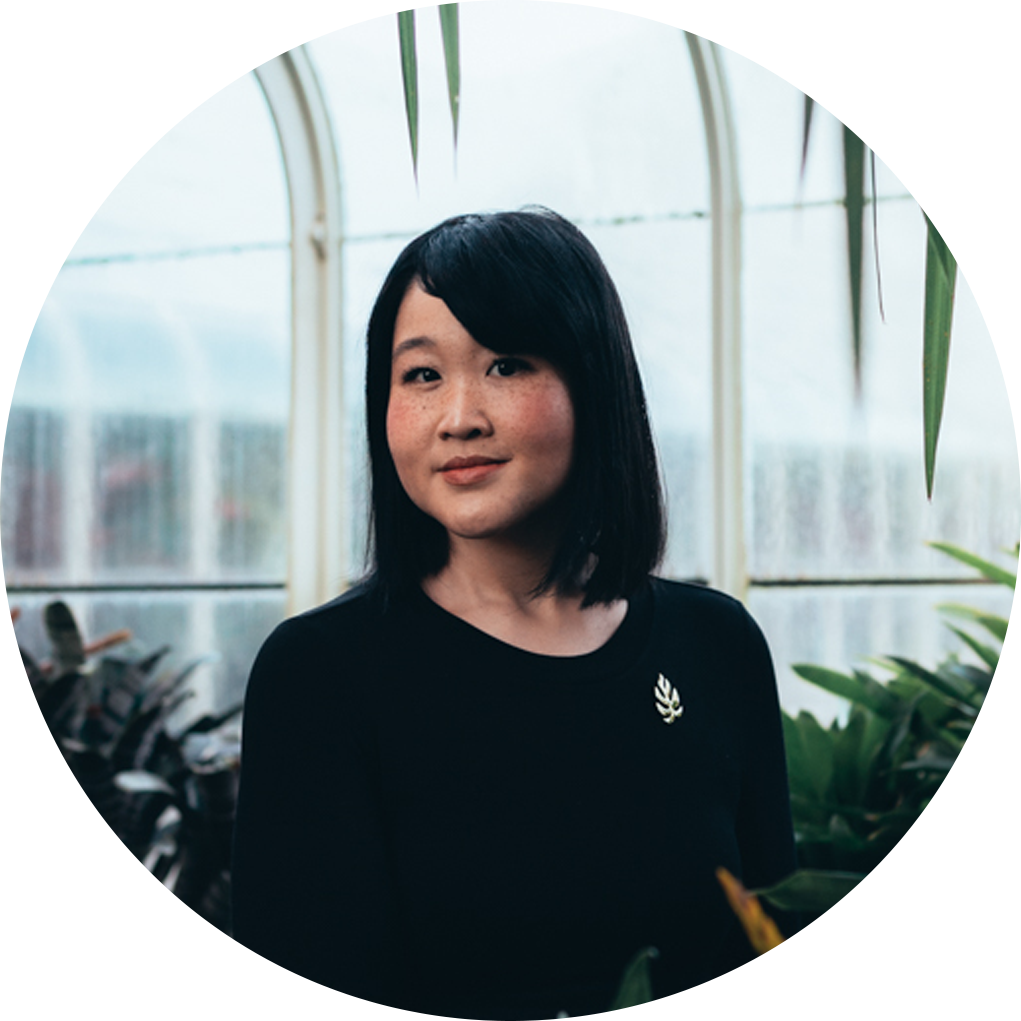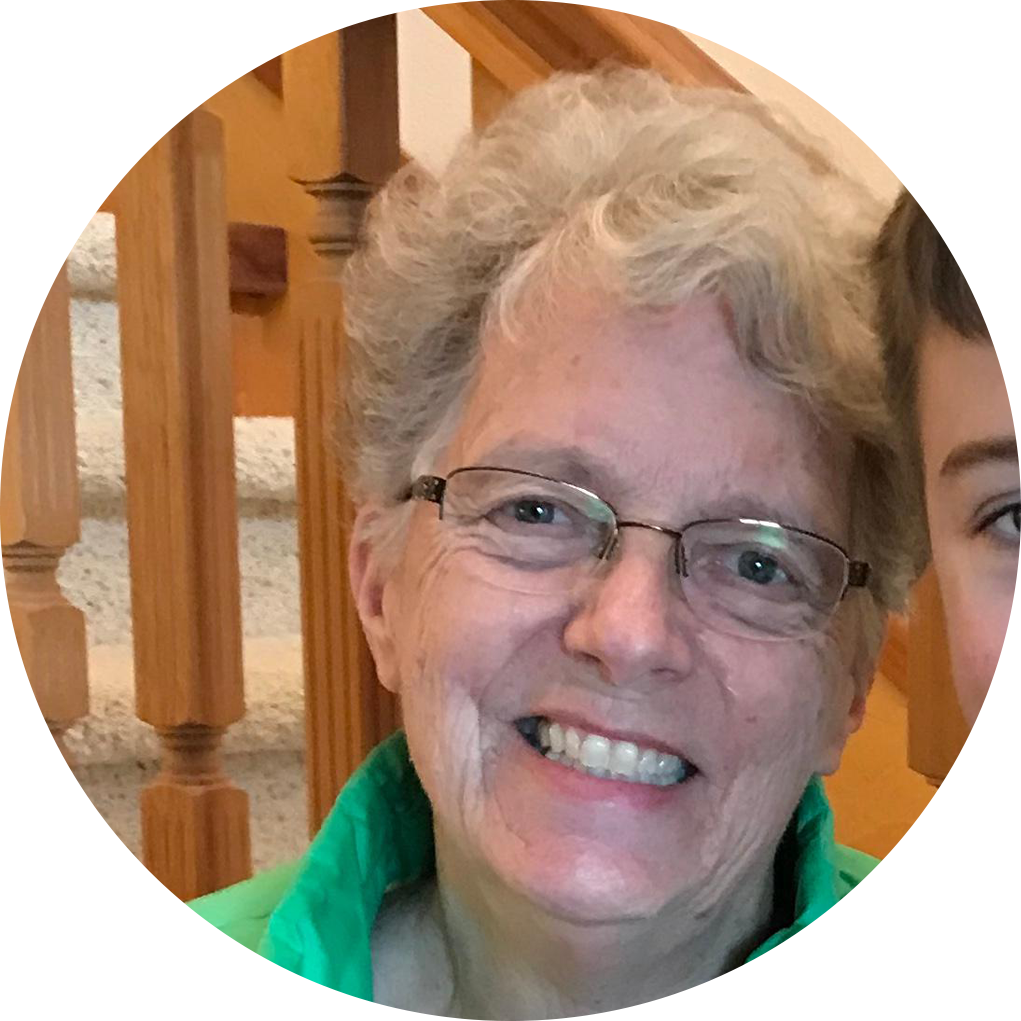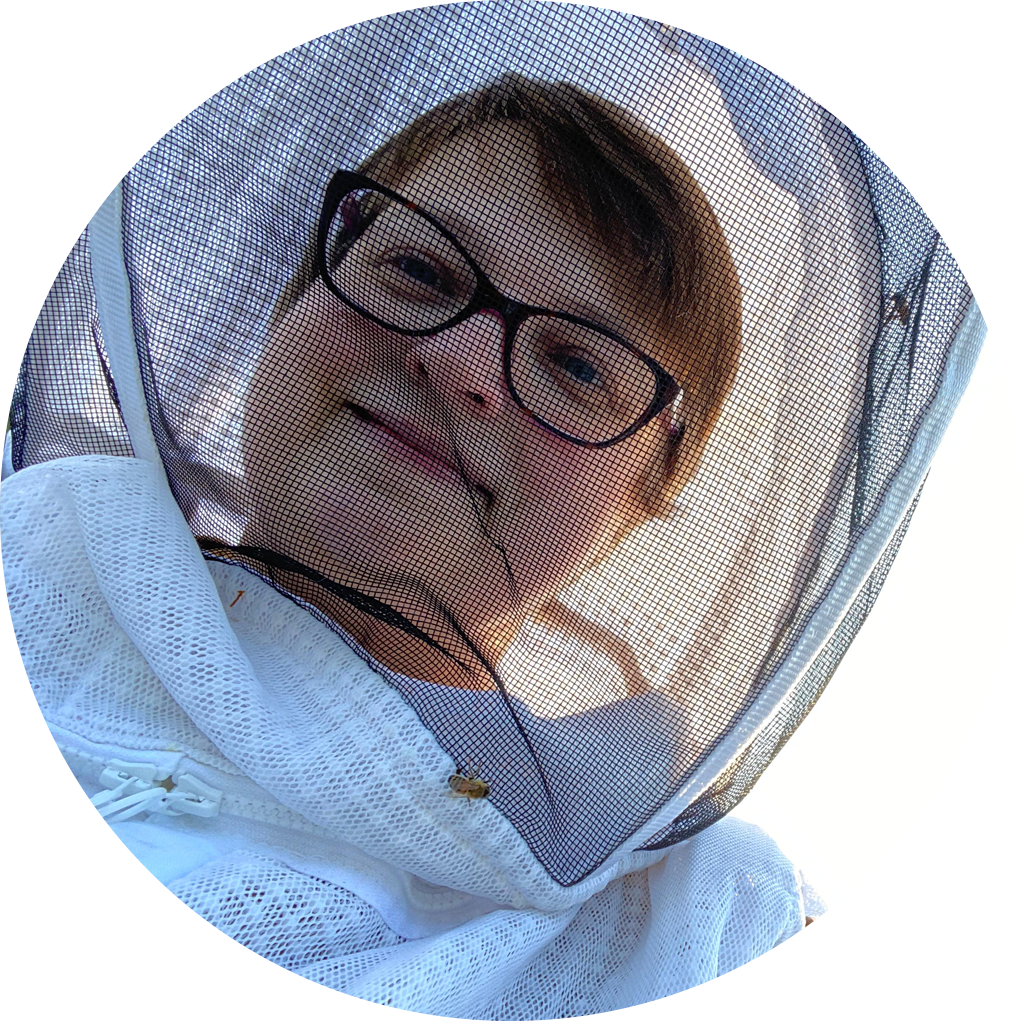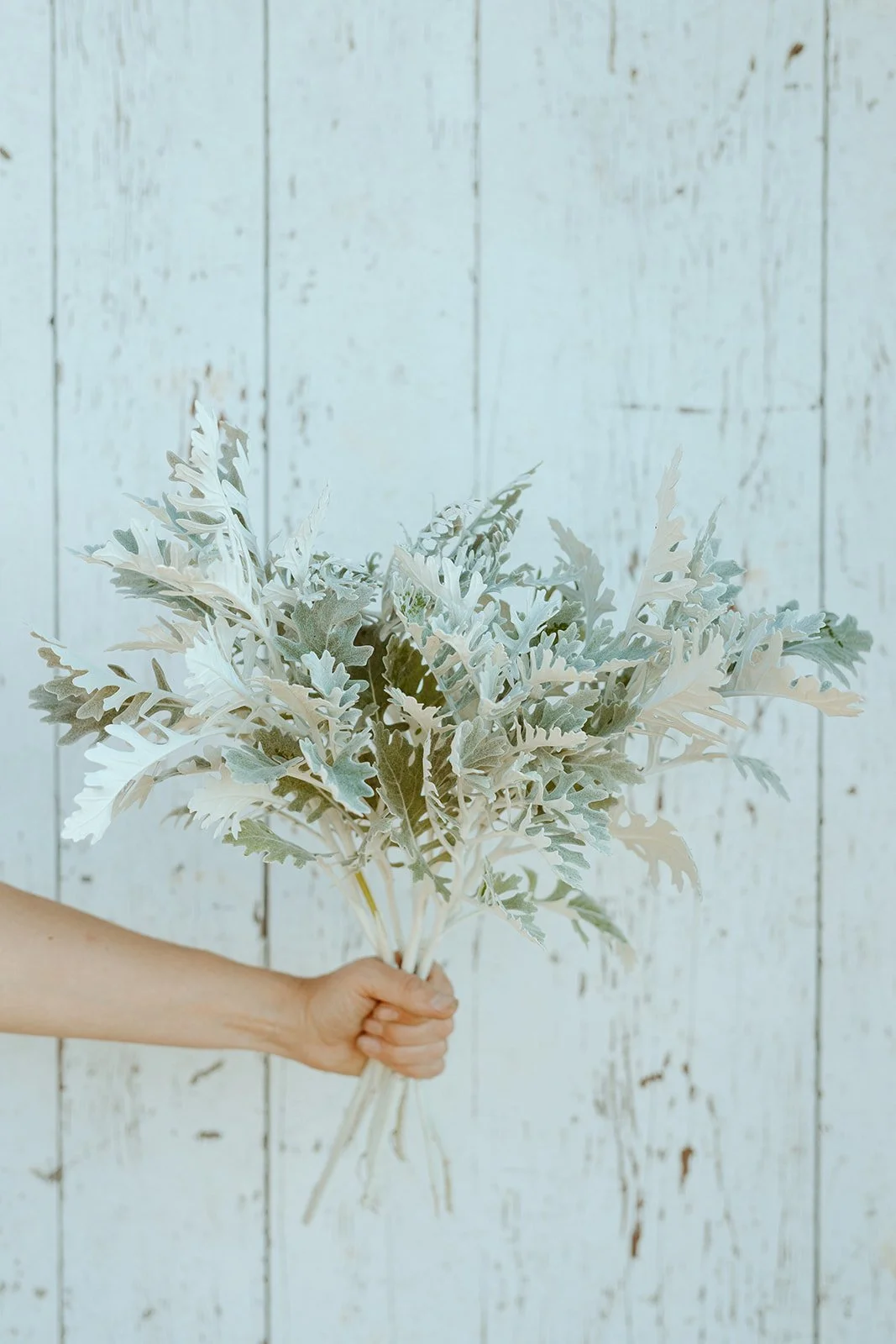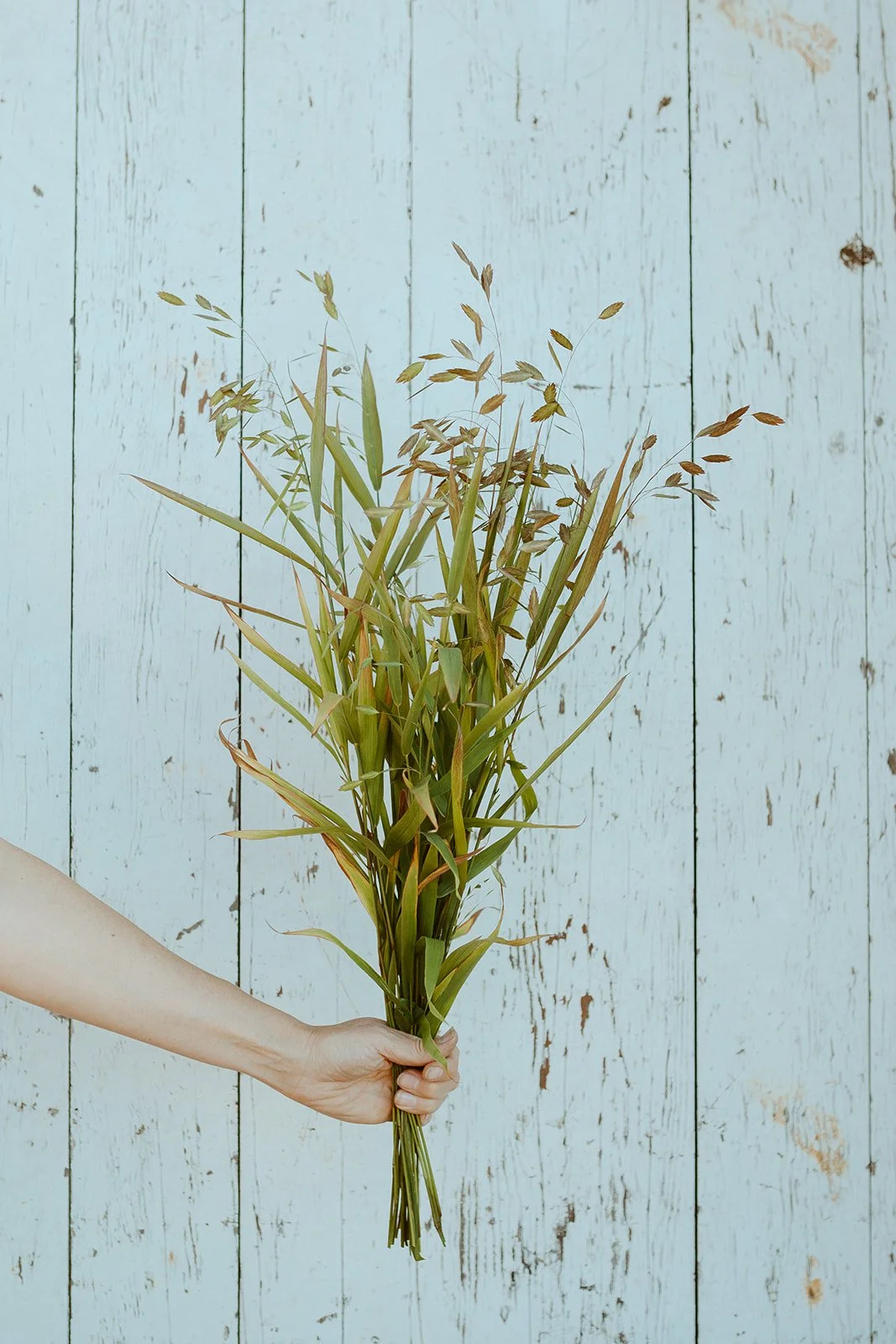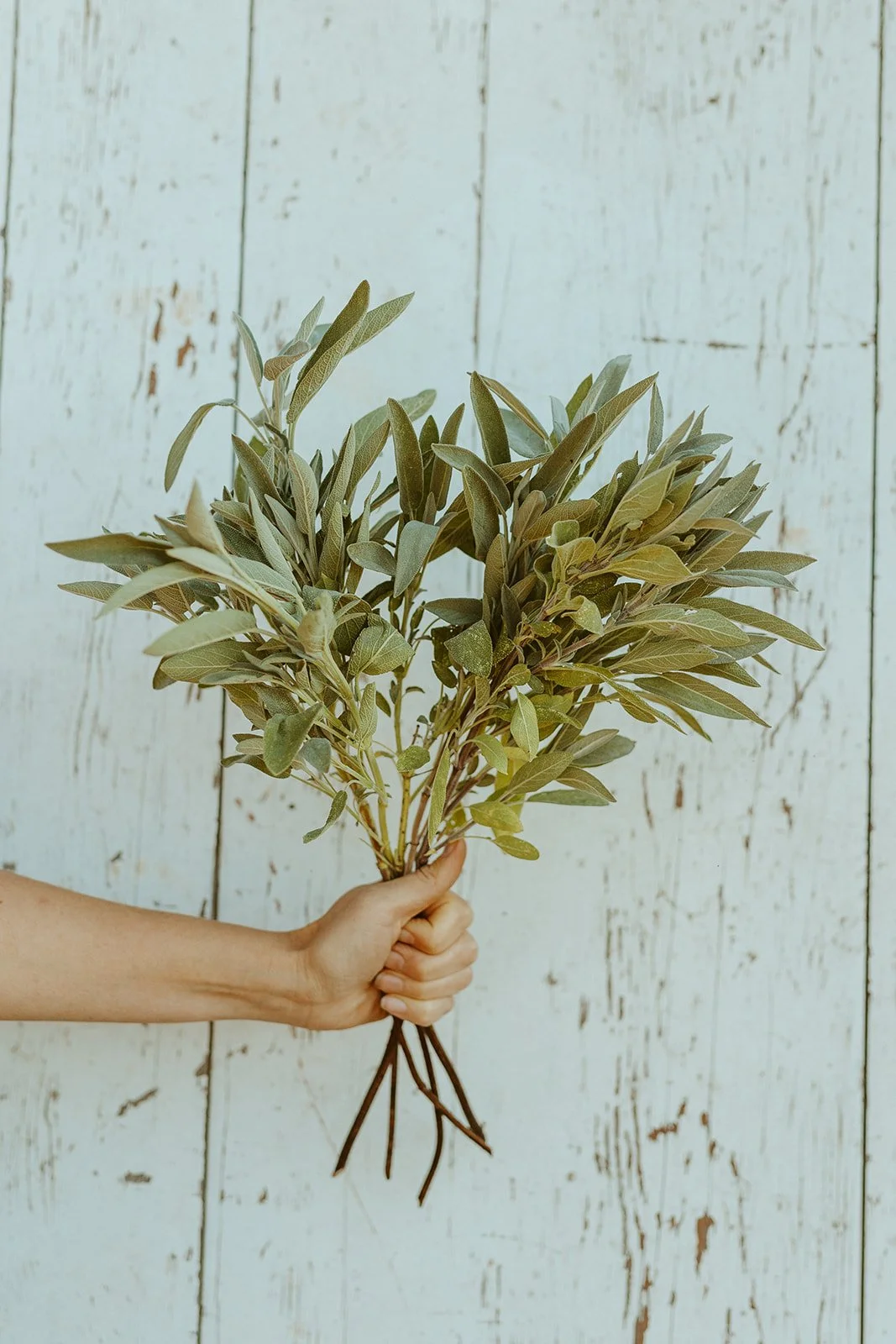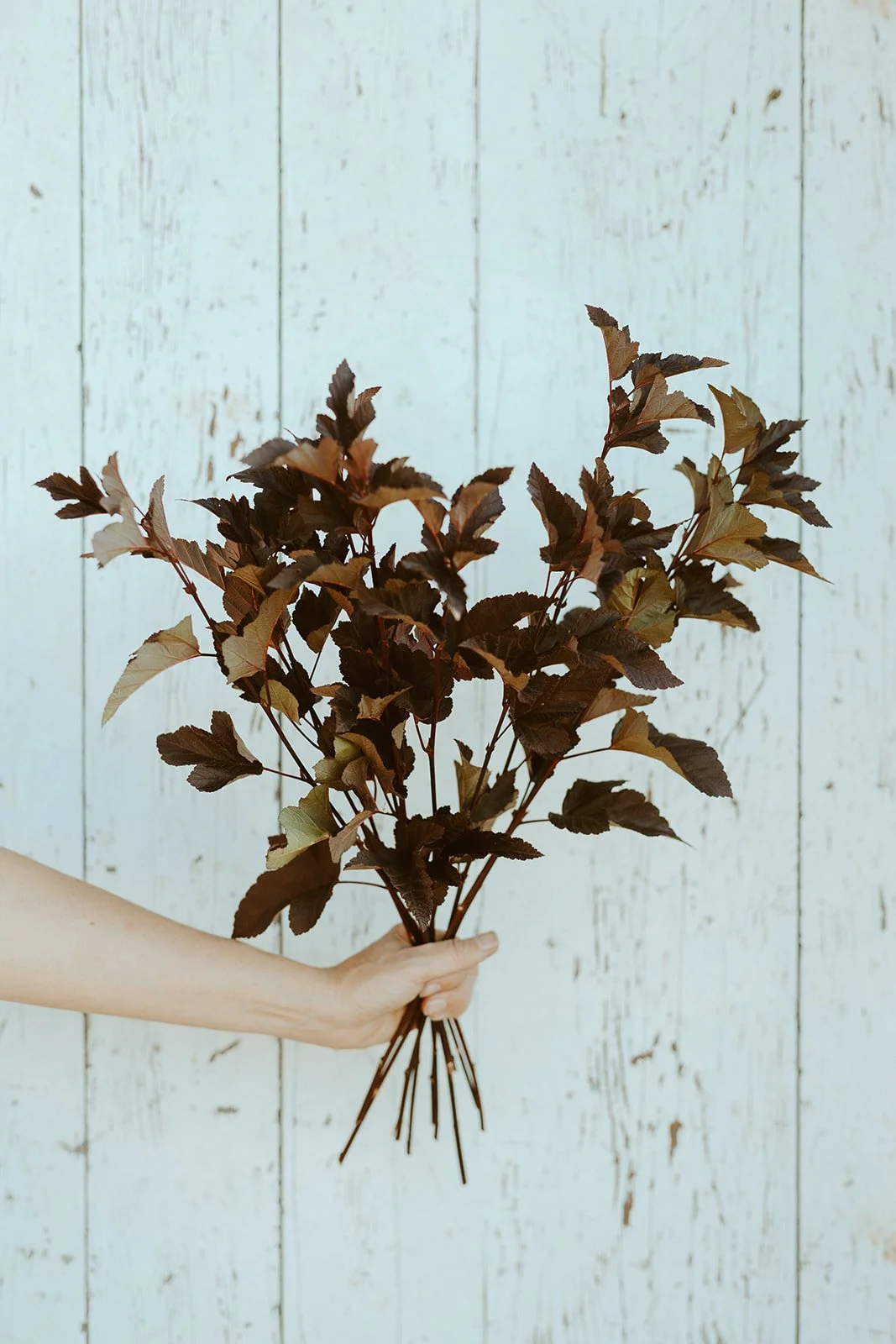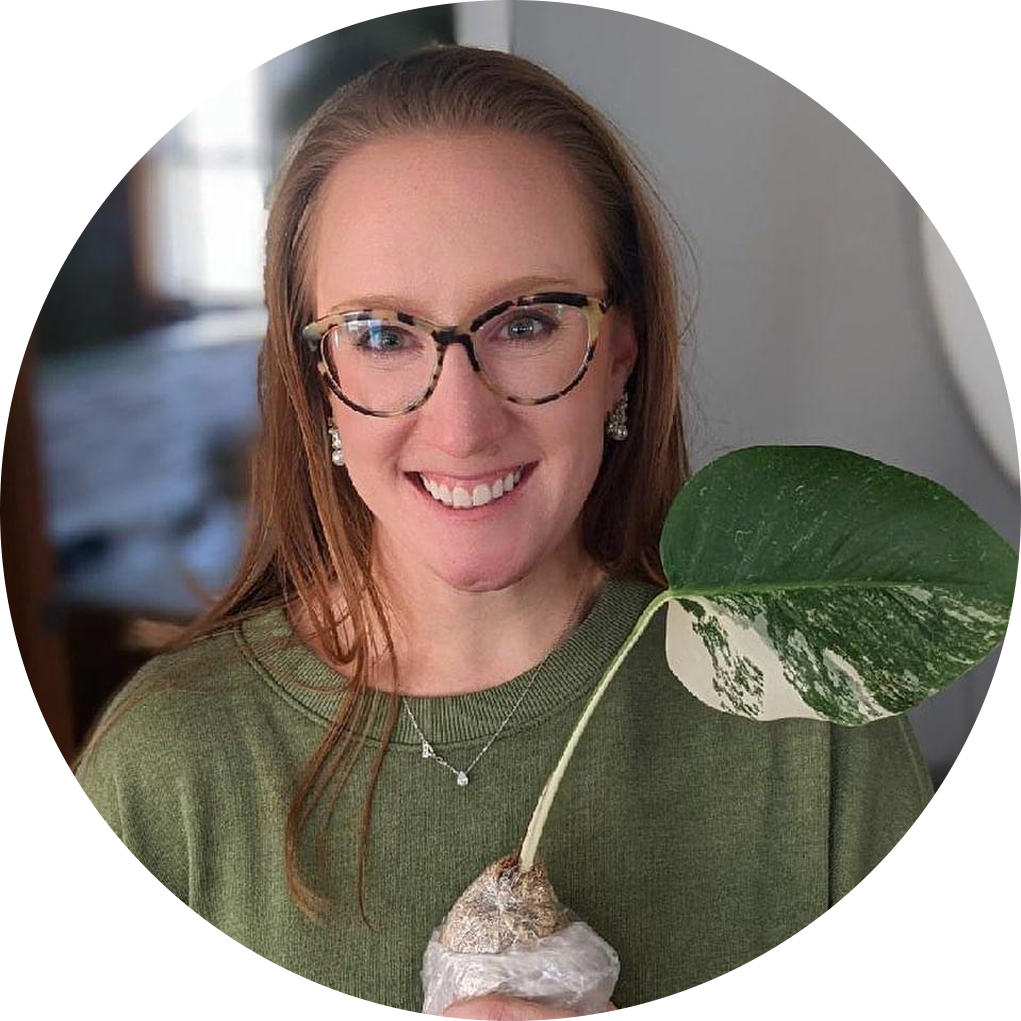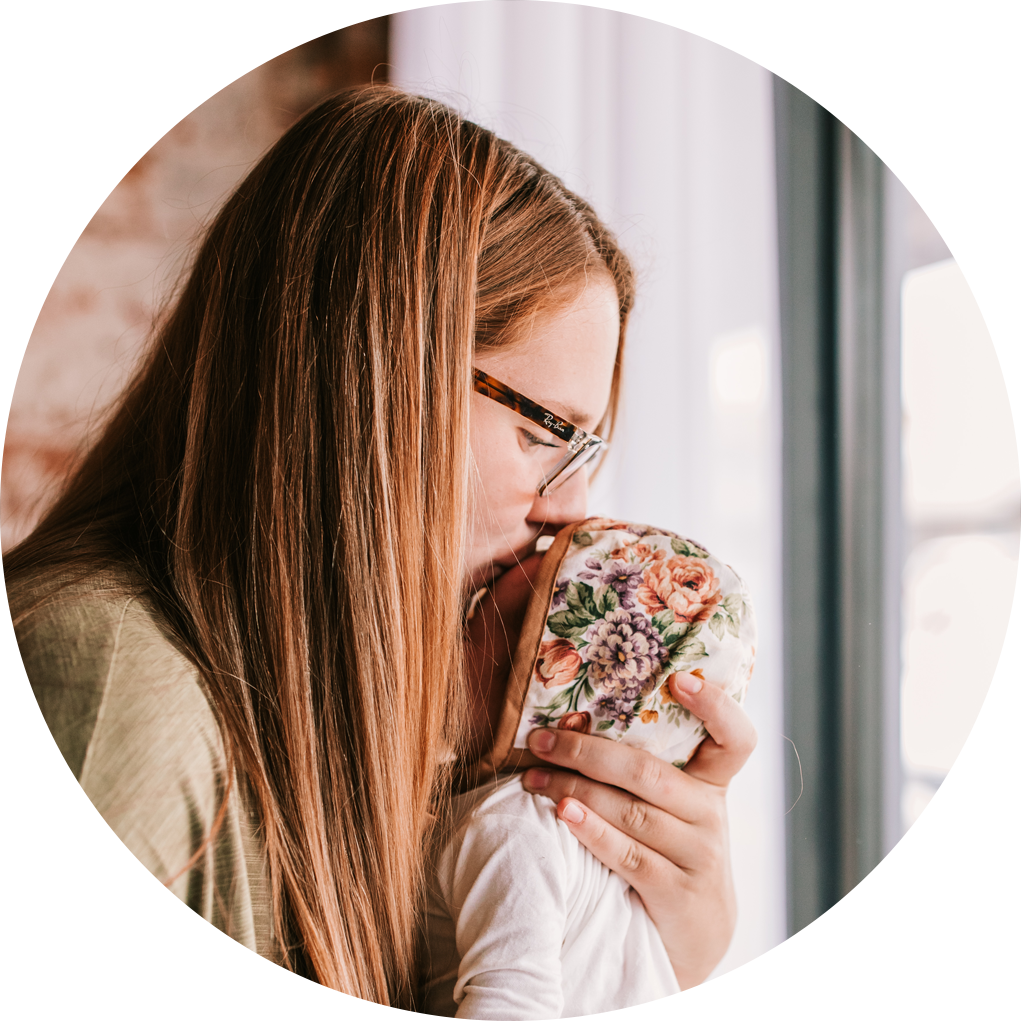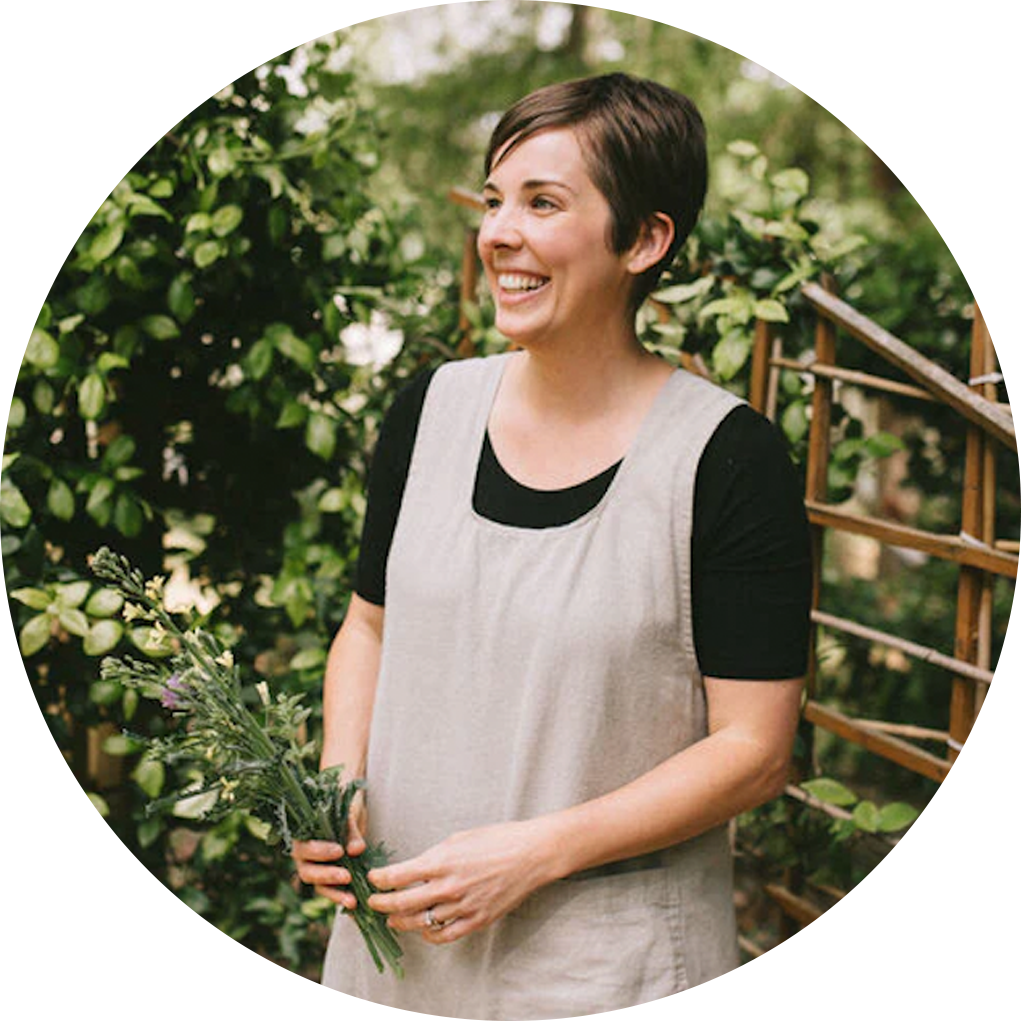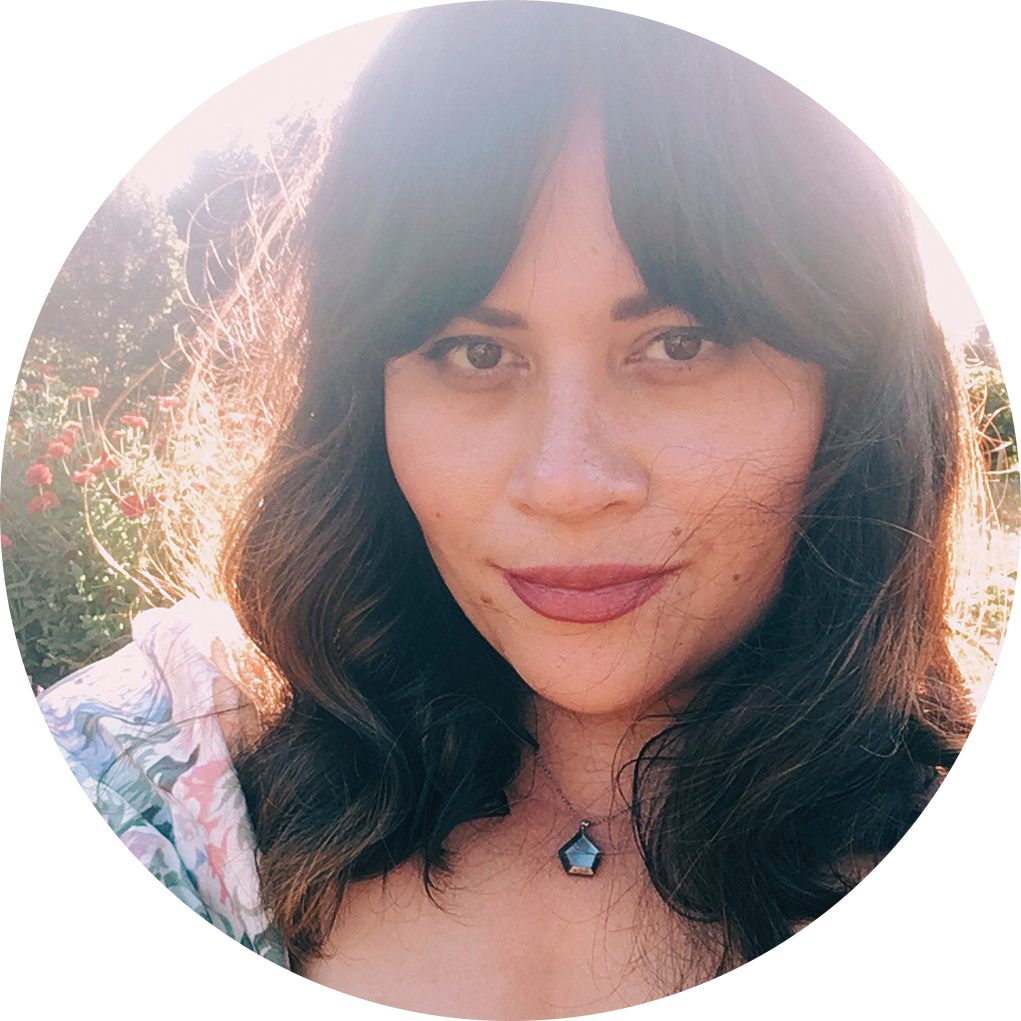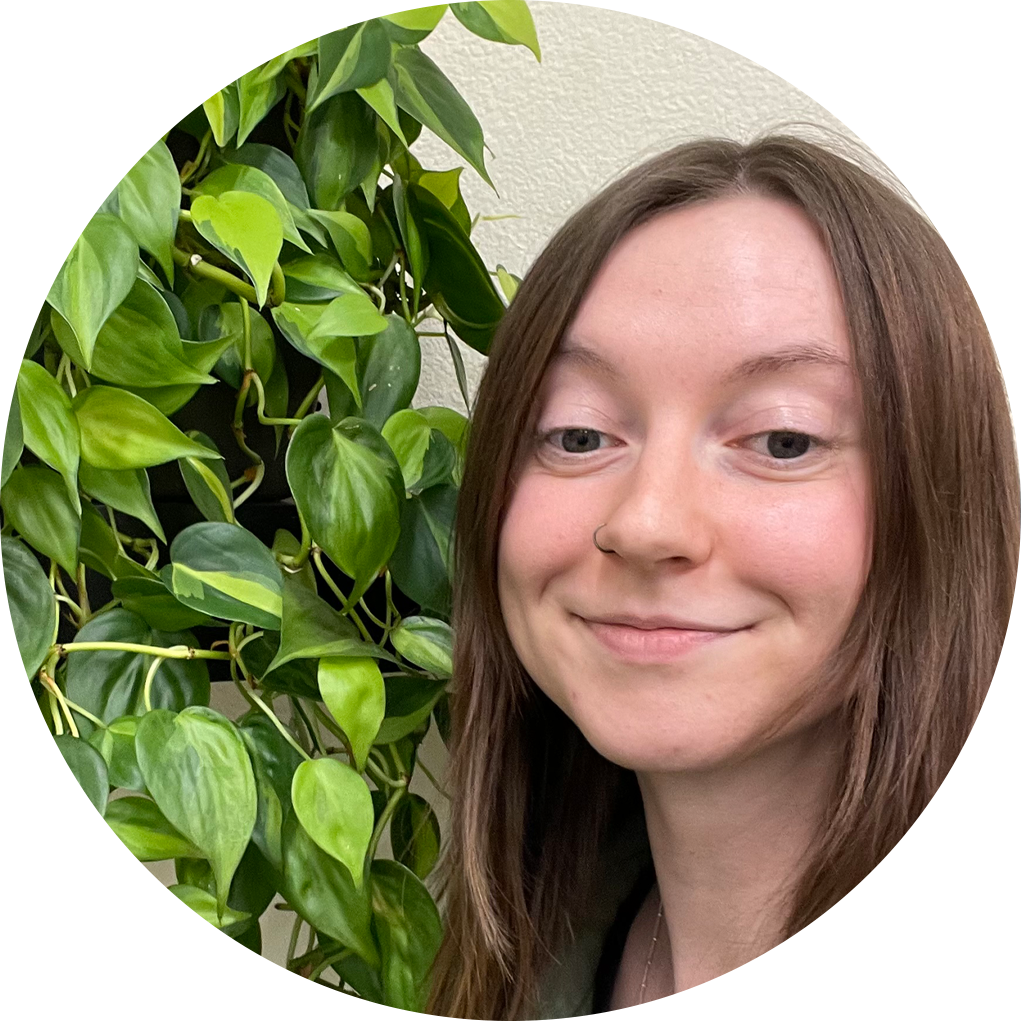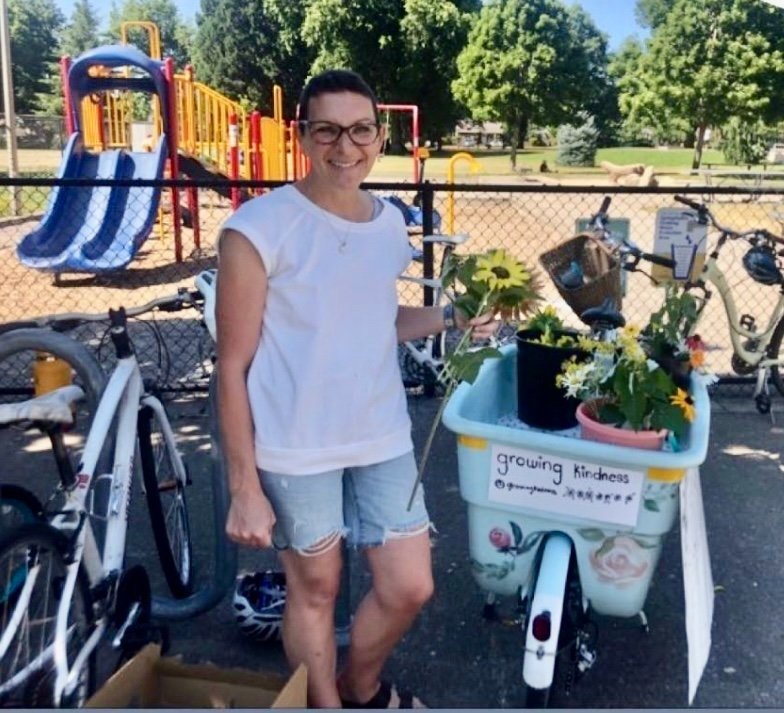photo by Bareroot Photography
As the holiday season draws near, isn't it the perfect time to sprinkle a little extra kindness and joy into the world? We've found a delightful way to do just that with our little ones—through the magic of creating holiday floral arrangements.
Picture this: a cozy family night, not a screen in sight. Christmas music plays in the background, the scent of evergreens fills your home as your entire family joyfully, creatives something beautiful to give back in your neighborhood or community.
We know firsthand the incredible impact that simple acts of kindness can have, especially when shared with our children. Join me on this journey as we explore how nurturing our kids' creativity through floral arranging can also nurture their kind hearts.
So, grab your favorite mug of cocoa, cozy up, and let's embark on a holiday adventure filled with blooms, smiles, and heartwarming moments that'll leave lasting imprints on our children's souls.
Now, you might wonder, why floral arranging for our little ones during the holiday hustle? Well, besides the sheer fun of it, let's talk about the incredible benefits that unfold when our kids dive into the world of foraging, designing and giving evergreen arrangements
Benefits of Teaching Kids Floral Arranging
Educational Fun: Floral arranging isn't just about a pretty end product; it's a fantastic way to sneak in some educational moments! As you forage and gather branches, sticks, and berries on a nature walk or simply from your backyard, you’ll find endless opportunities to identify trees and plants, and observe and connect with nature.
Nurture Creativity: Ever seen your child's eyes light up when they create something with their own hands? Floral arranging is a canvas for their imagination. It encourages them to mix colors, experiment with shapes, and invent their own floral tales.
Patience and Precision: It's no secret—arranging foliages or flowers takes patience and a steady hand. Teaching our kids these skills early on can be invaluable. As they carefully place each stem and piece, they're mastering patience and precision, skills that spill over into various aspects of life.
Empathy Blooms: Here's the secret ingredient—empathy! As we guide our little ones in creating beautiful arrangements, we're also nurturing empathy. They learn the joy of creating something special for someone else, understanding the happiness it brings.
Building Confidence: Watching a child proudly display their own creation is a confidence booster. It's a tangible representation of their efforts and creativity, something they'll cherish and proudly show off.
So, while we're decking the halls and planning festivities, let's also unwrap these hidden gifts that floral arranging brings to our children's lives.
10 Tips for Engaging Kids in Floral Design
Tool Training: Introduce real tools, ensuring they use child-sized clippers to avoid risks. Teach them proper handling and watch their confidence grow.
Prepare for Mess: Account for sticky sap by working in a mess-friendly area or covering surfaces with cloth or festive wrapping paper.
Foraging Adventure: Invite kids to forage or cut greens with you to spark curiosity about plants and floral design, akin to growing ingredients for cooking.
Choosing the Right Vessel: Opt for containers that aren't too shallow or tall, ensuring ease for design. Vases with a 3-5 inch height and 3-4 inch opening work well.
"Planting" Stems: Demonstrate the importance of placing stems properly in the vase to reach water, ensuring longevity for the arrangement.
Bouquet Bar: Set up a "bouquet bar" with a variety of evergreens, berries, ribbons, and ornaments, boosting inspiration and creativity through freedom of choice.
Start Small: While inspiration might lead to many arrangements, start with 1-2 to maintain enthusiasm without overwhelming them.
Celebratory Gathering: Make it a festive event by inviting friends, offering cookies, cocoa, and turning it into a merry holiday celebration.
Let Them Lead in Giving: Encourage children to take the lead in giving, allowing them to choose ways to spread kindness in the neighborhood or community.
Face-to-Face Giving: Whenever possible, engage in face-to-face giving experiences. Witnessing the direct impact fosters a lasting impression of the joy of giving.
Benefits of Teaching Kids Floral Arranging
Now, here's where the magic truly blooms—sharing these floral creations with others. While dropping off arrangements at places like food banks, shelters, hospices, or even leaving them on a neighbor's doorstep spreads joy, there's an extra sprinkle of magic in face-to-face delivery.
Witnessing Pure Joy: Picture this—your little one handing over a bouquet, their eyes lighting up as the recipient's face beams with pure happiness. It's a moment that etches itself into their hearts, a memory they'll cherish forever.
Connection and Empathy: When our kids hand-deliver their creations, it's not just about the flowers; it's about forming connections. They see the immediate impact of their kindness, fostering empathy as they understand the power of a simple gesture.
Life Lessons Unfold: It's in these face-to-face moments that life lessons unfold effortlessly. Our children learn the value of giving, the beauty of kindness, and the simple joy of making someone else's day a little brighter.
Lasting Impressions: Unlike dropping off arrangements anonymously, face-to-face delivery leaves lasting impressions. It's not just about the flowers; it's about the experience—the smiles, the gratitude, and the warmth exchanged between giver and receiver.
So, while dropping off floral arrangements is wonderful, consider the immense value of hand-delivering them. It's these moments that shape our children into kind, empathetic individuals—lessons that go far beyond the stems and sprigs. Just imagine the delight on someone's face when your child personally hands them a beautifully crafted floral arrangement.
If you’re ready to start spreading Holiday Cheer with the little ones in your life, we have a free resource to make it designing and giving holiday arrangements simple and joyful!
In our 2023 Growing Kindnesss Holiday Cheer Campaign guide you will find:
An invite to join a LIVE Floral Design class, Design Workshop and Foraging Class (plus recordings sent right to your inbox!)
Beautiful printable gift tags for giving
A complete materials list
A kid-friendly Giving Tracker to help celebrate their kindness
Tips for community organization and outreach
A social media badge to share that you're participating in the 2023 Holiday Cheer Campaign
And so much more!
This guide and all resources in it are FREE and it’s just one click away.
If you and your crew decide to make and give Holiday Cheer arrangements, be sure to tag us @gkholidaycheer so we can follow and and celebrate the joy of giving with you! You can also use the hashtag #gkholidaycheer to add your page to this global story of giving and be inspired by the women and families all around the globe who are growing kindness, one stem at a time.




